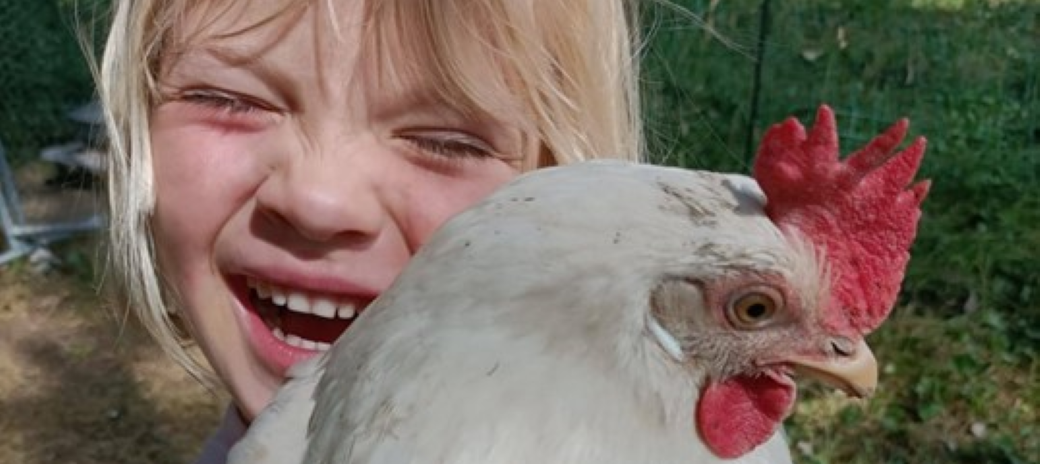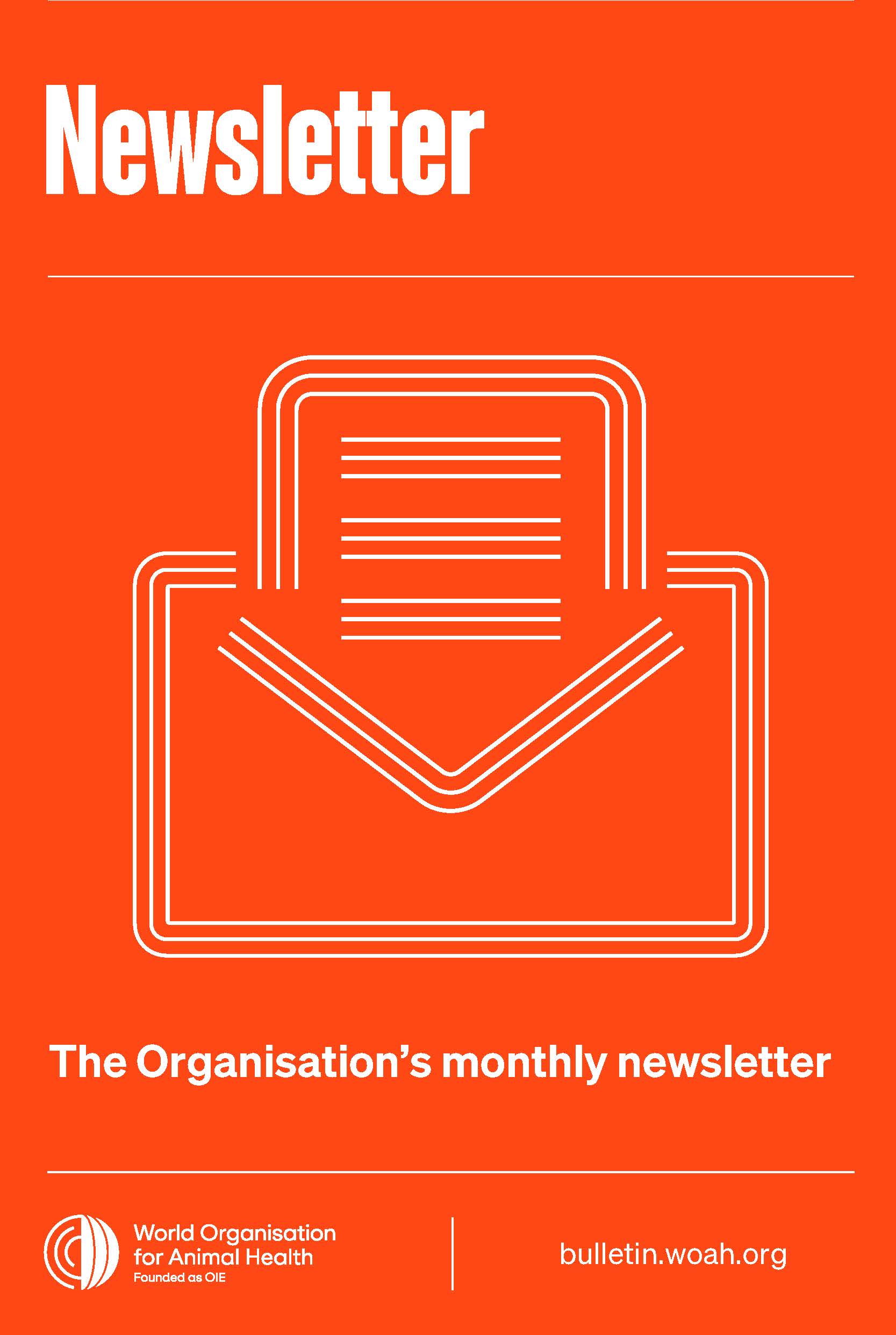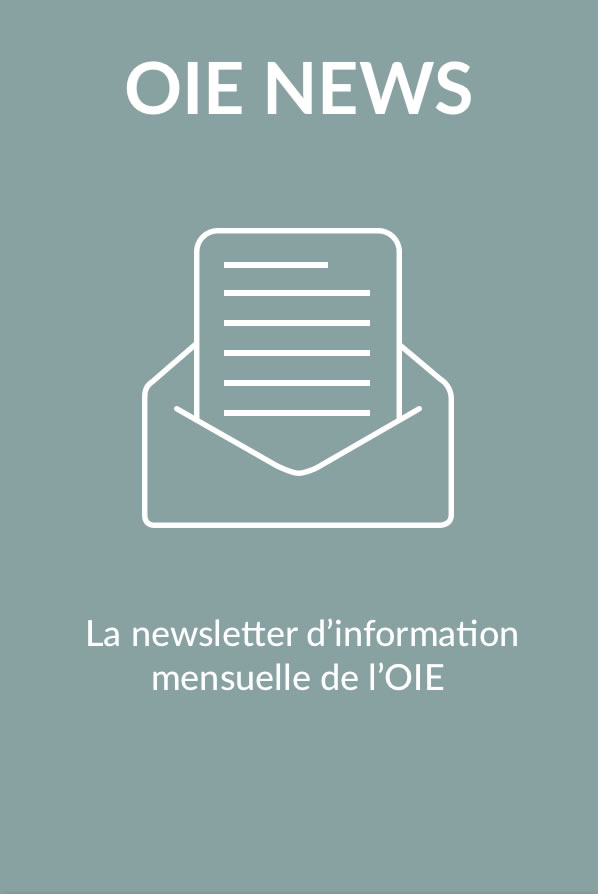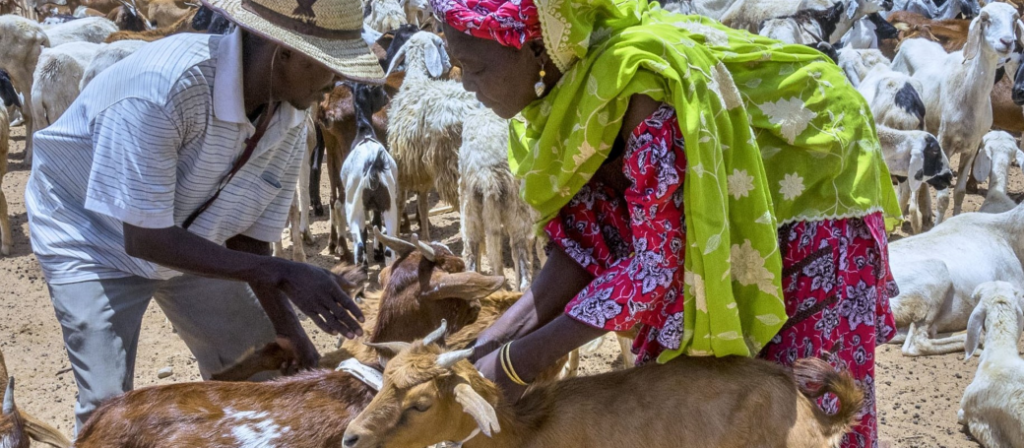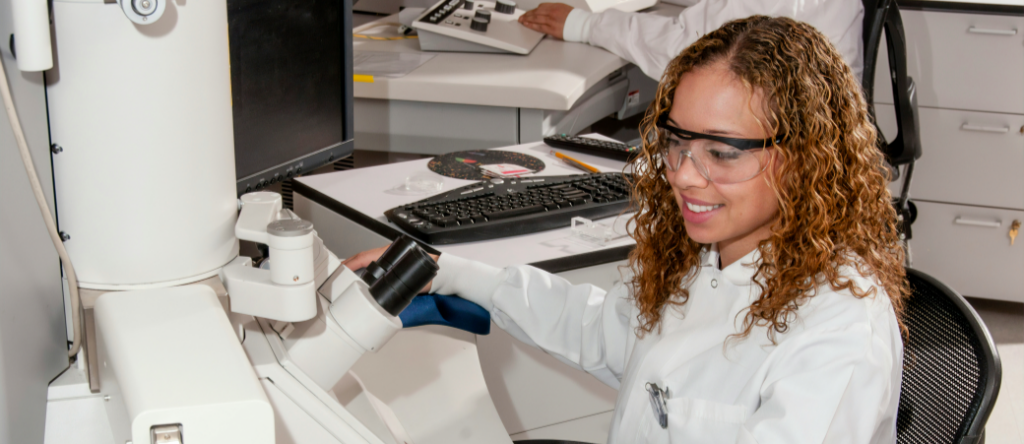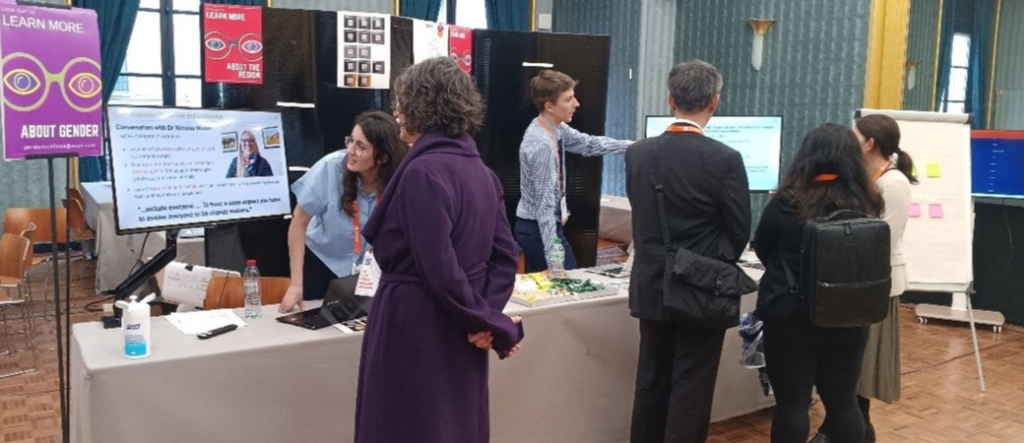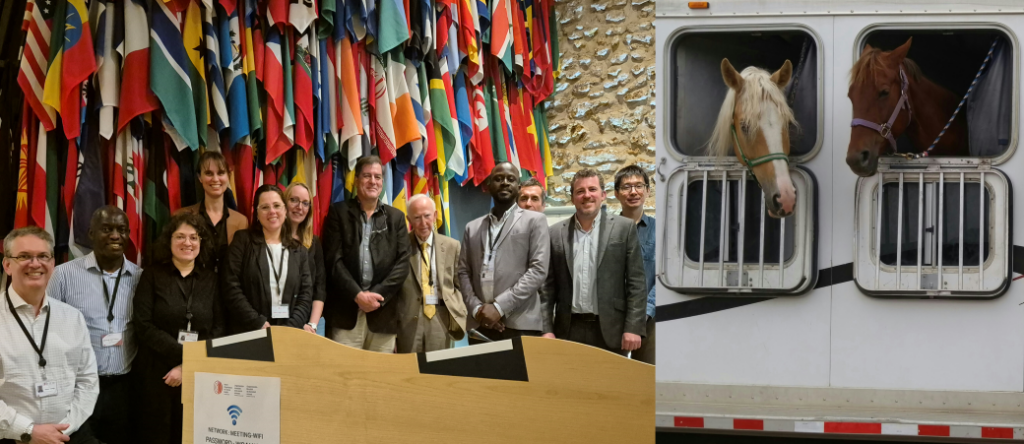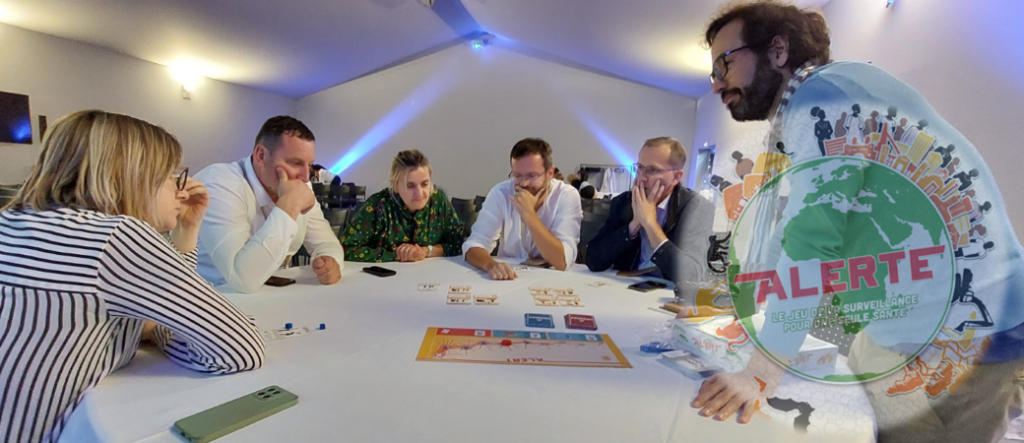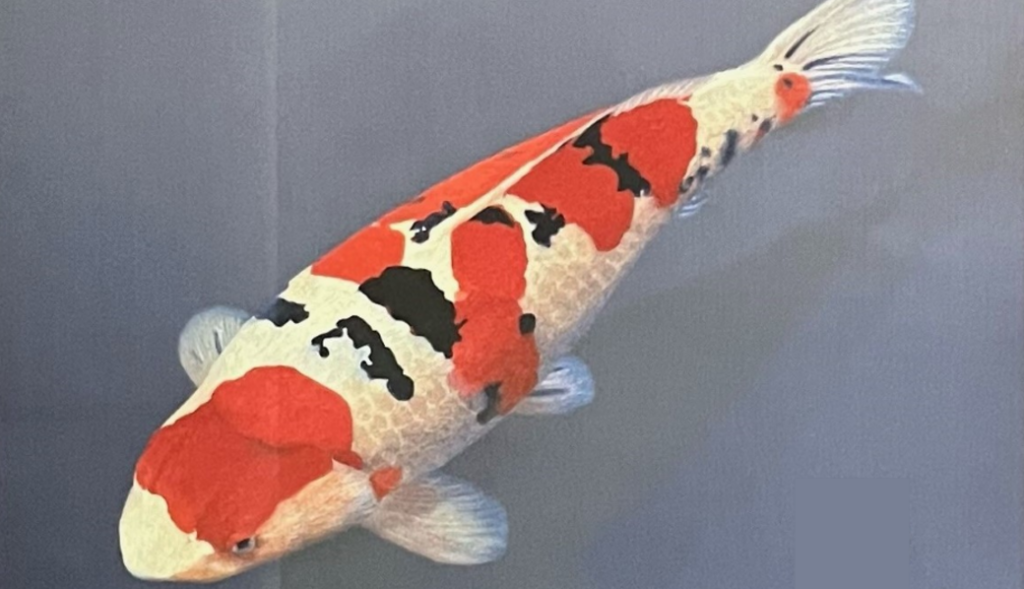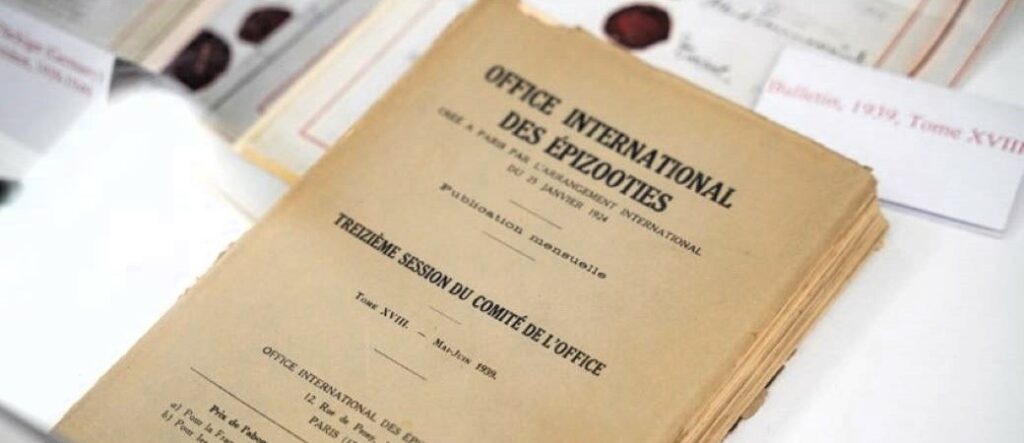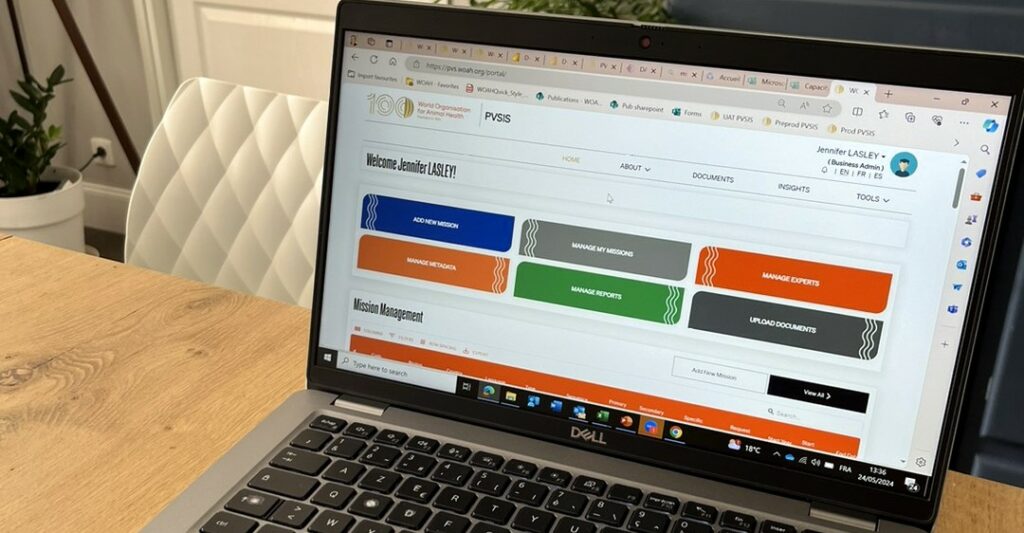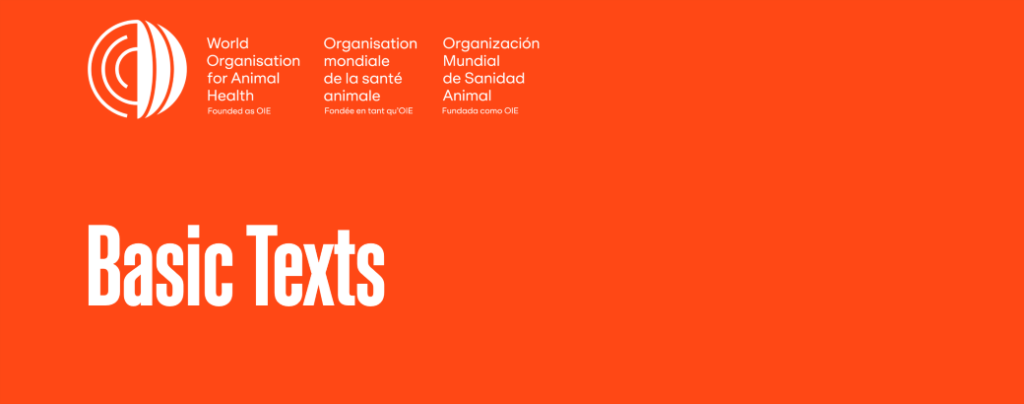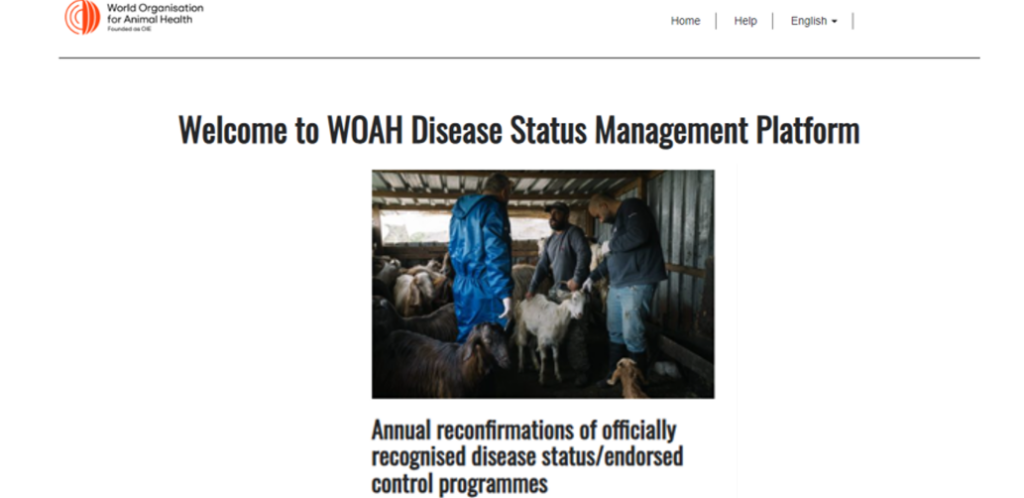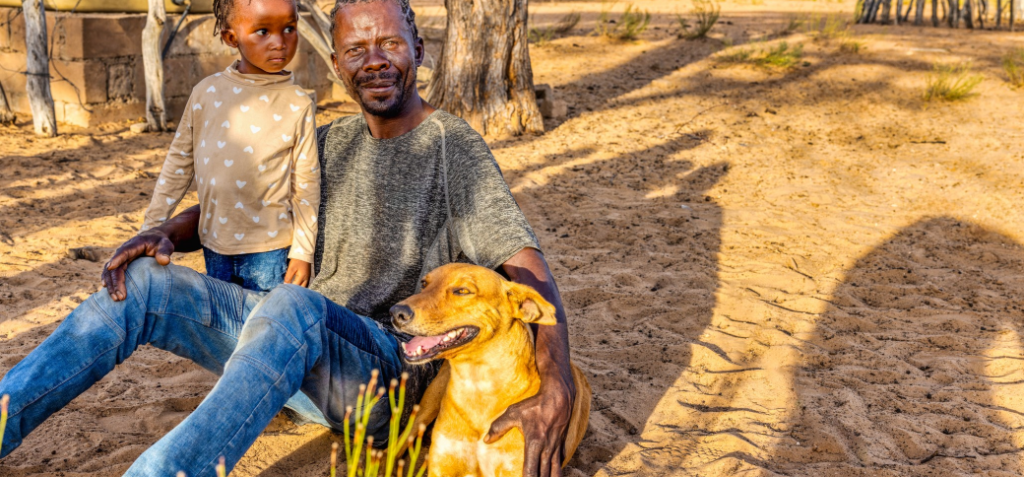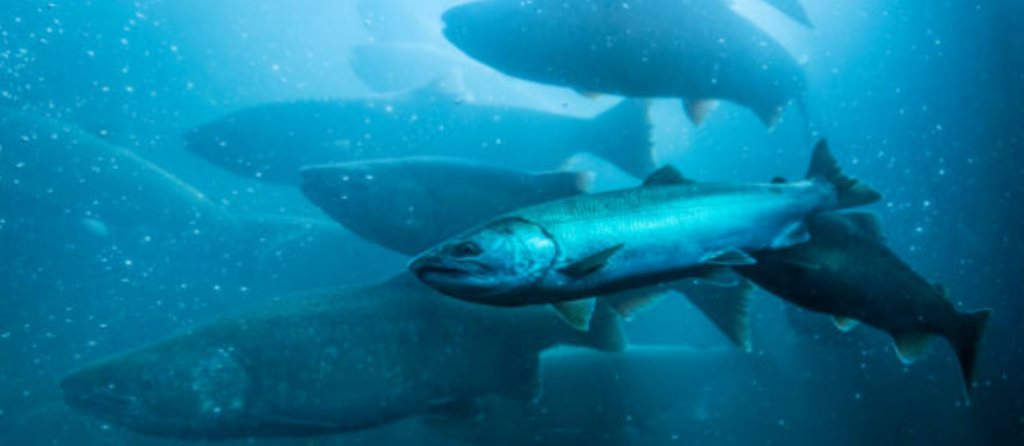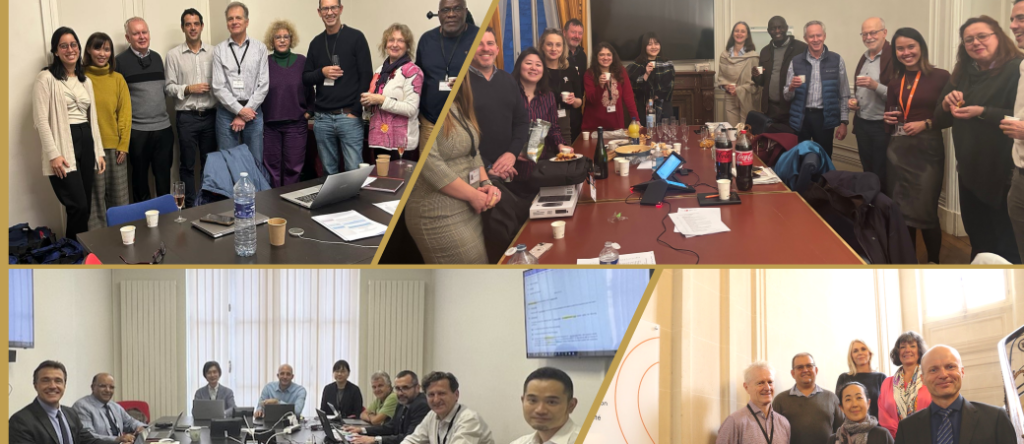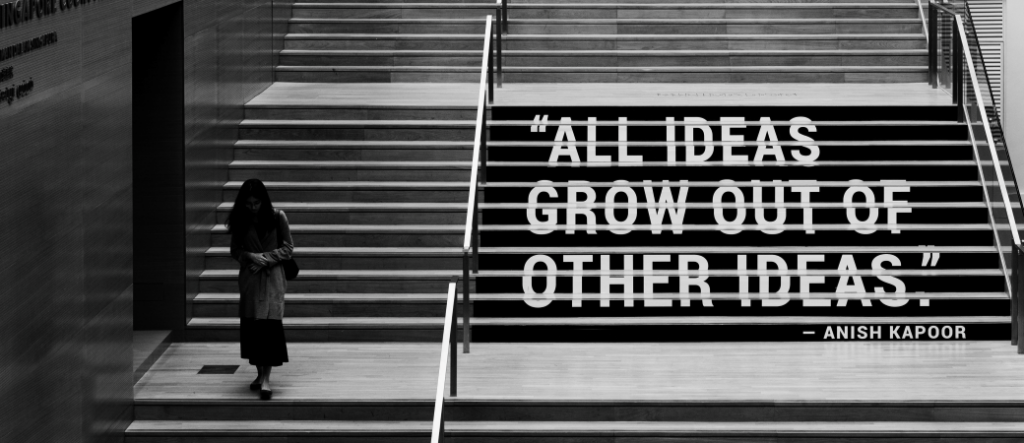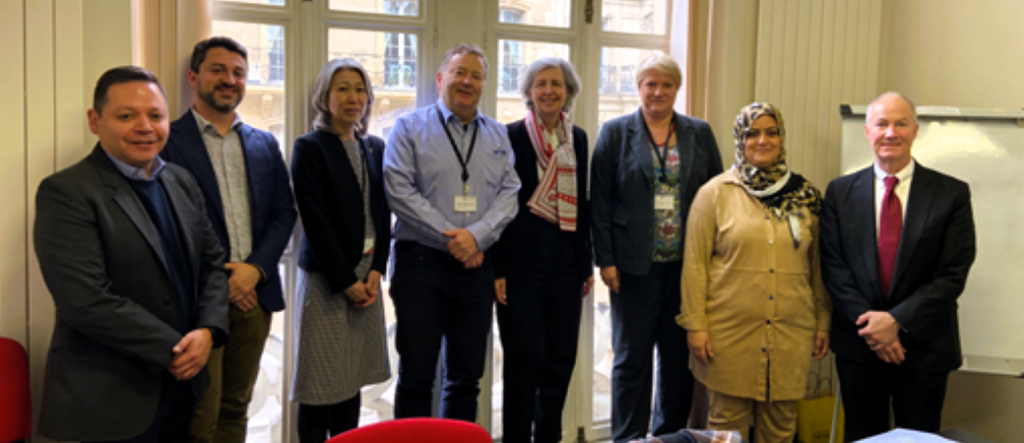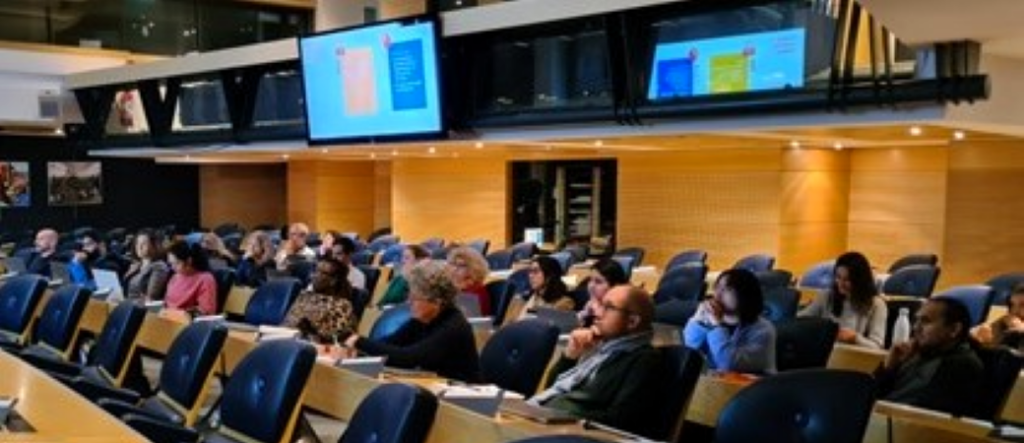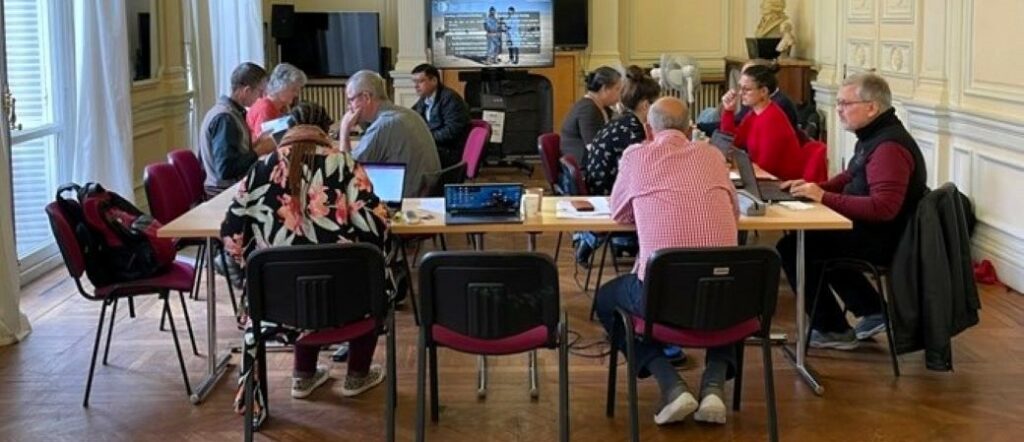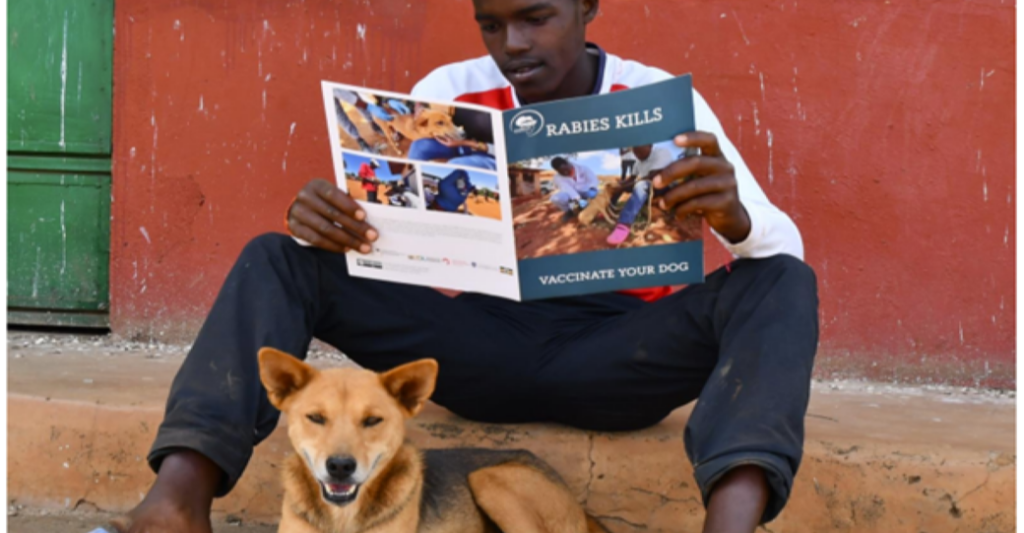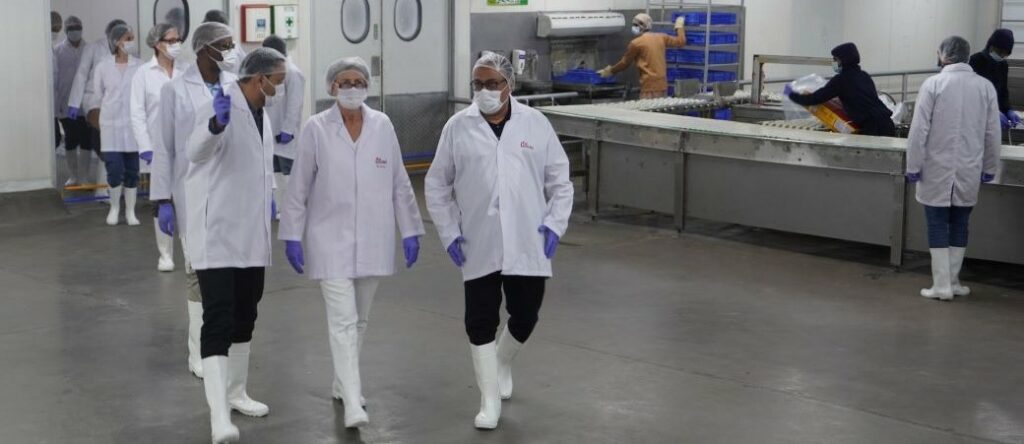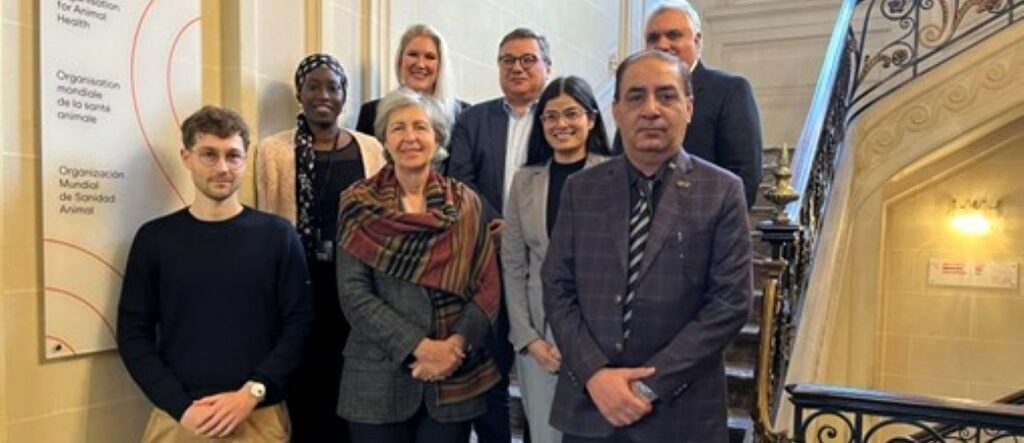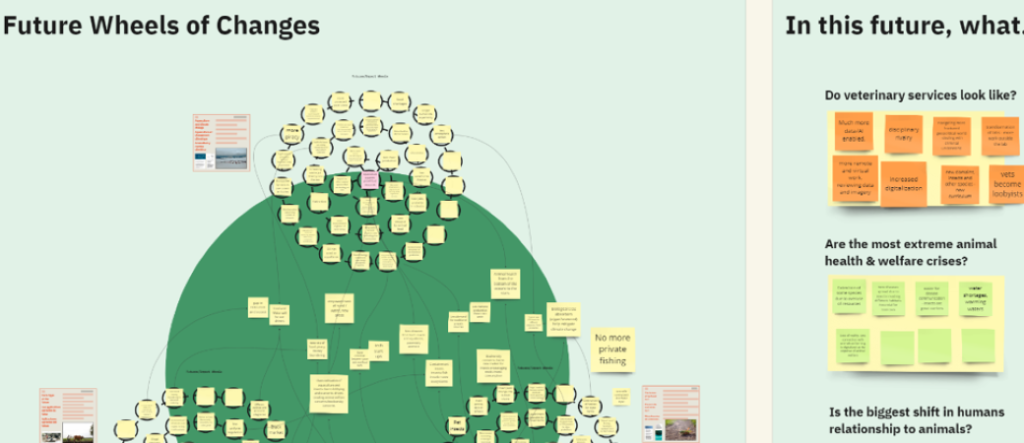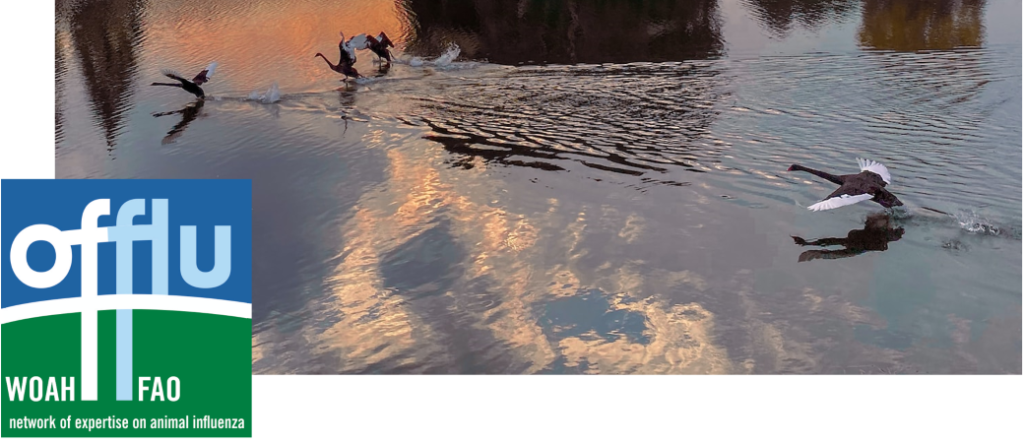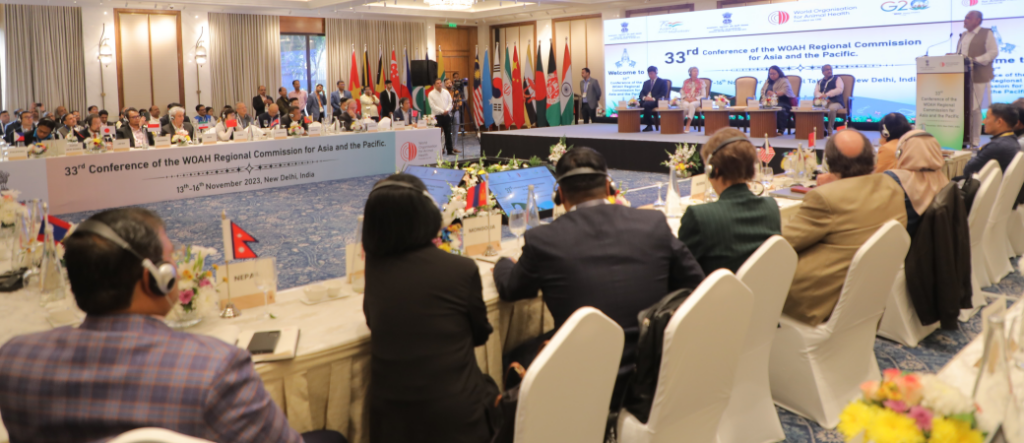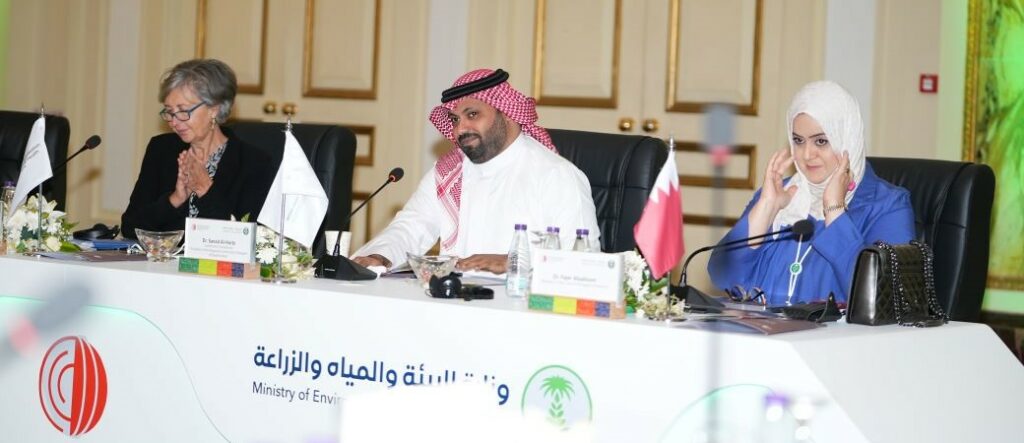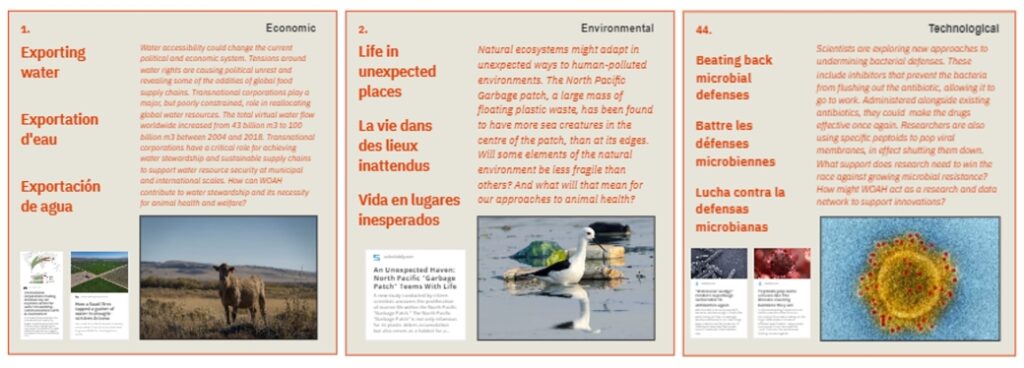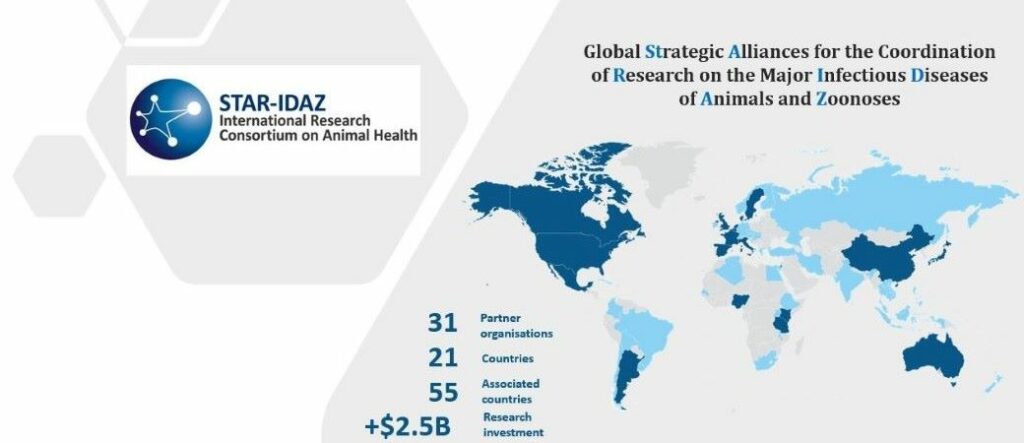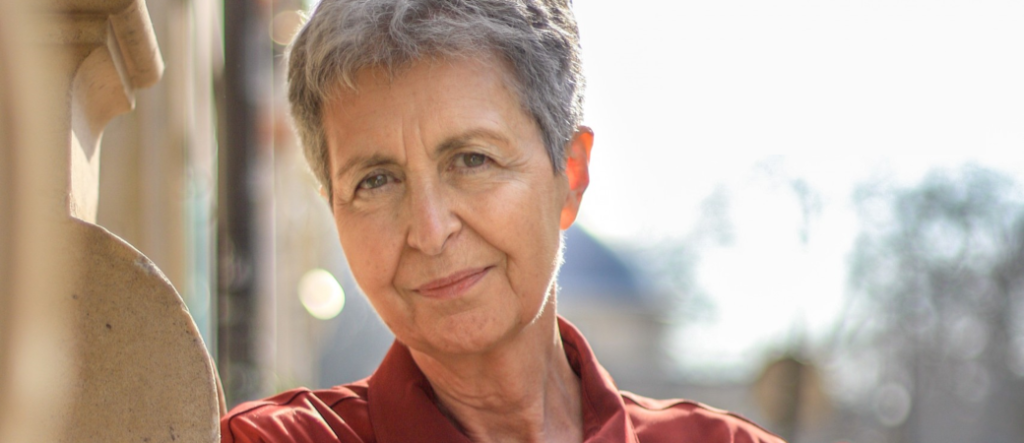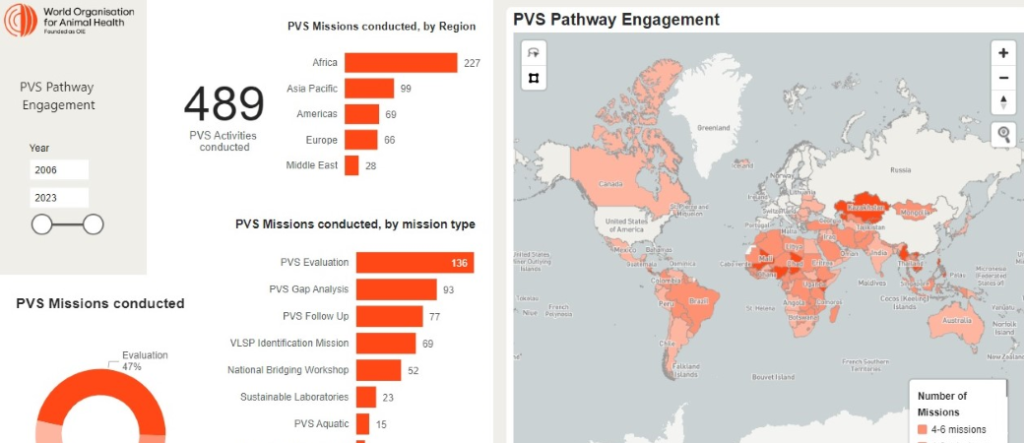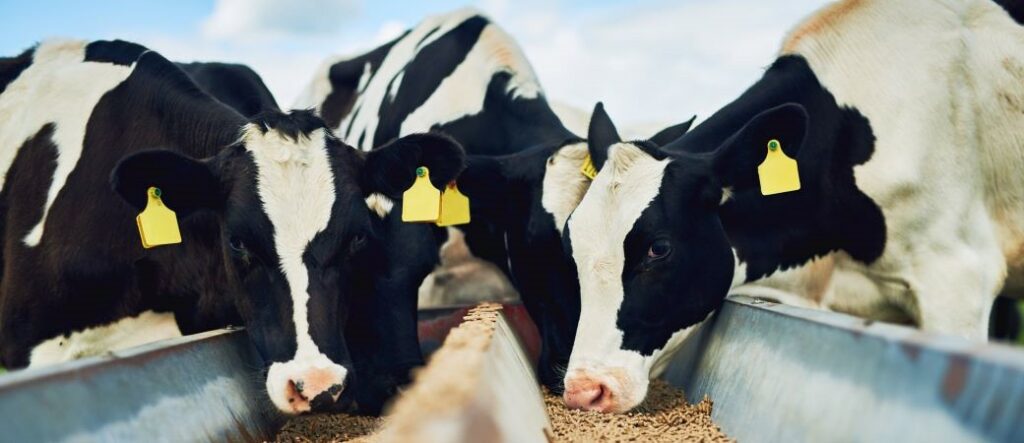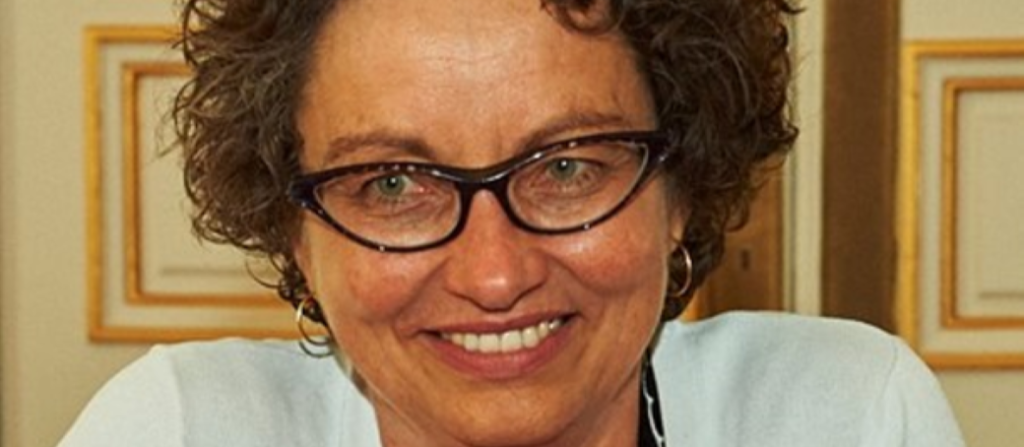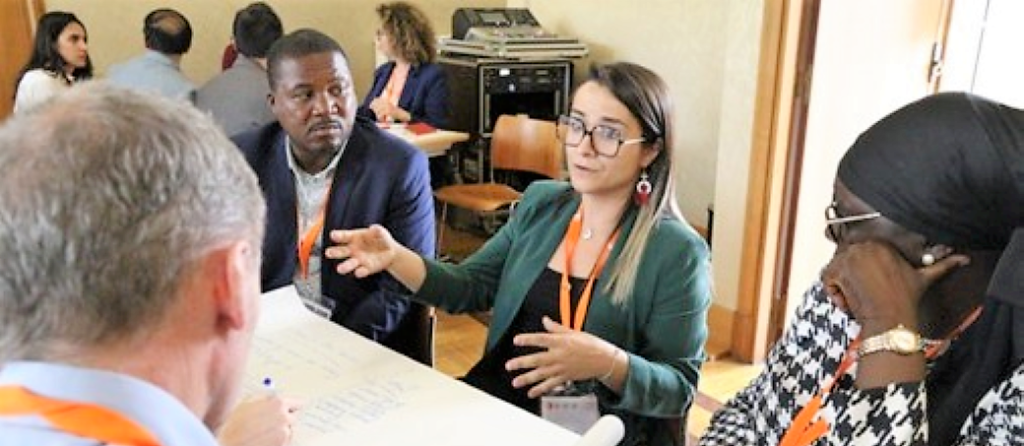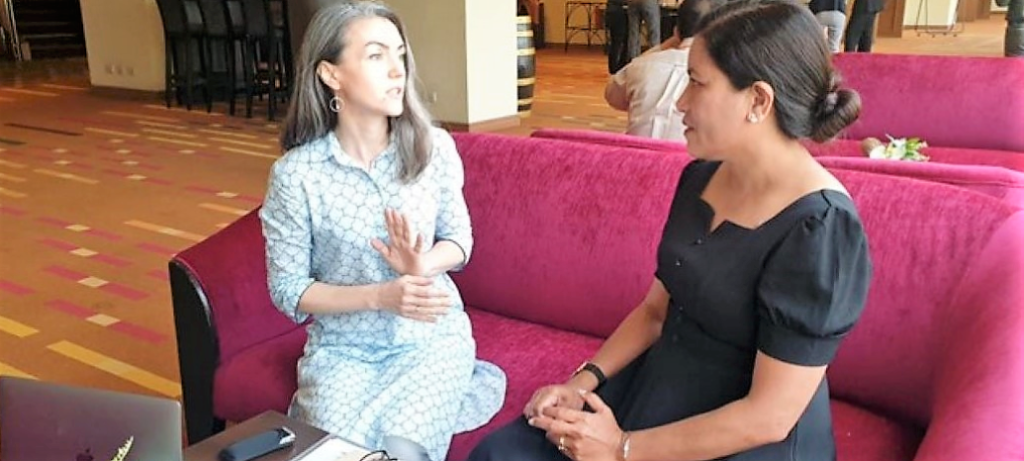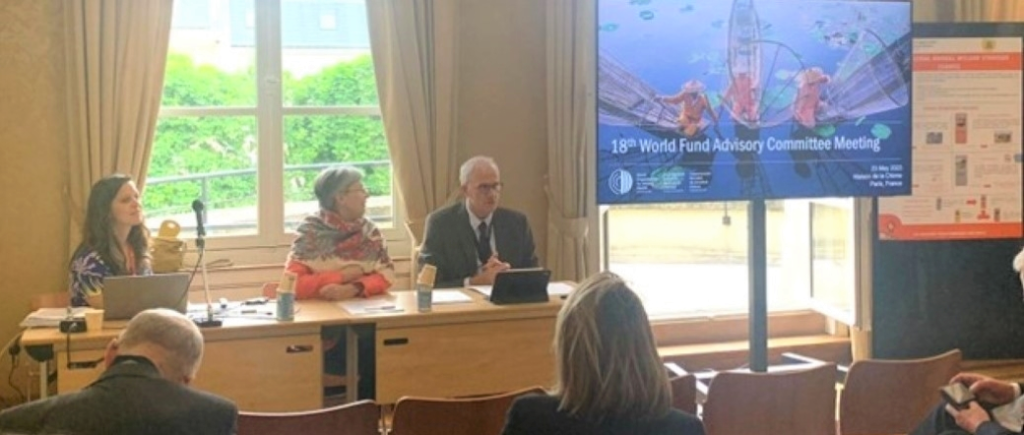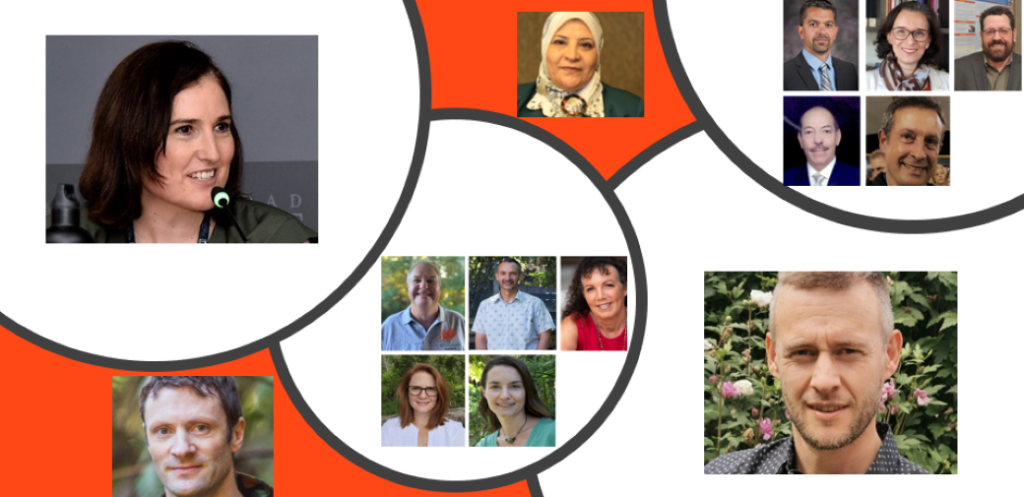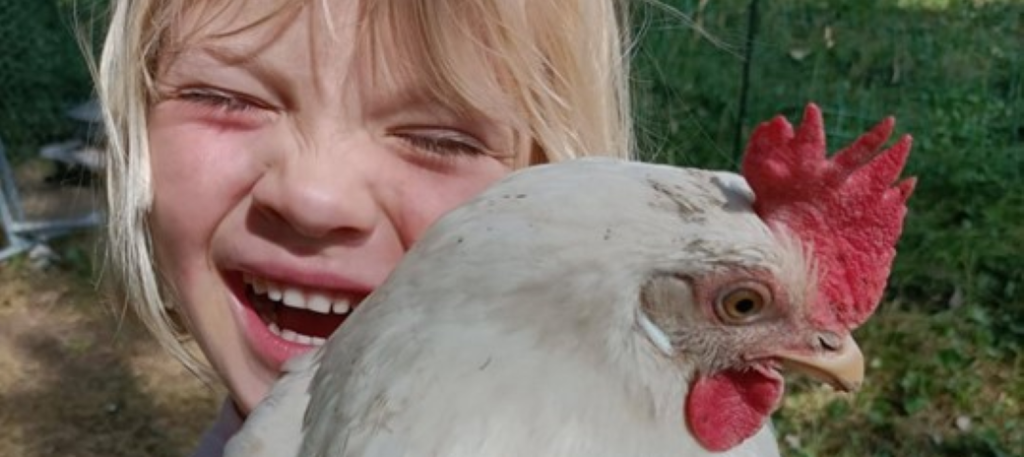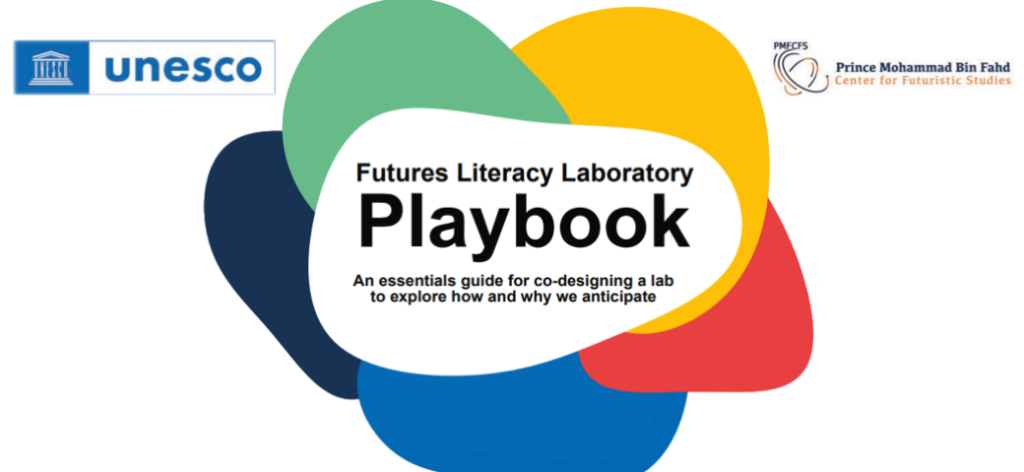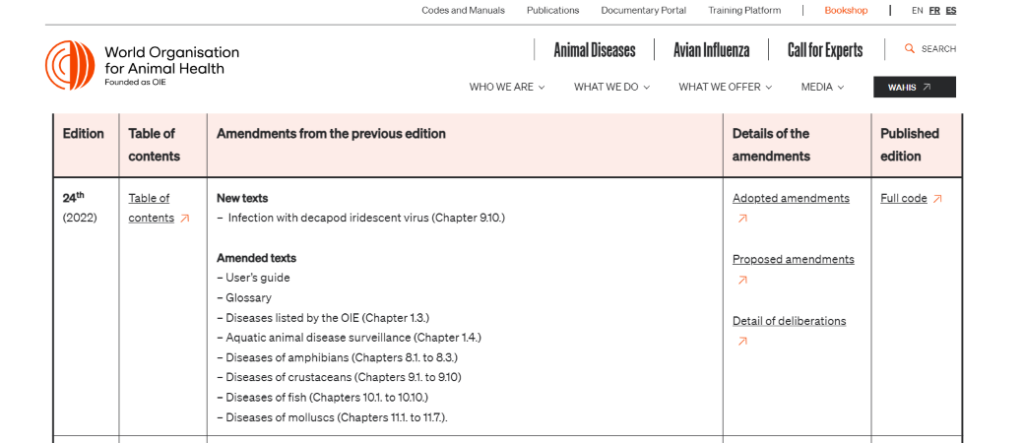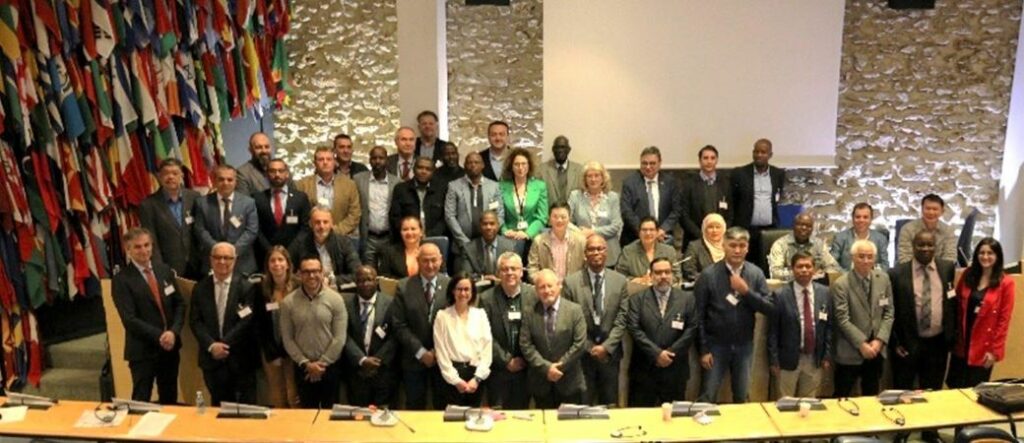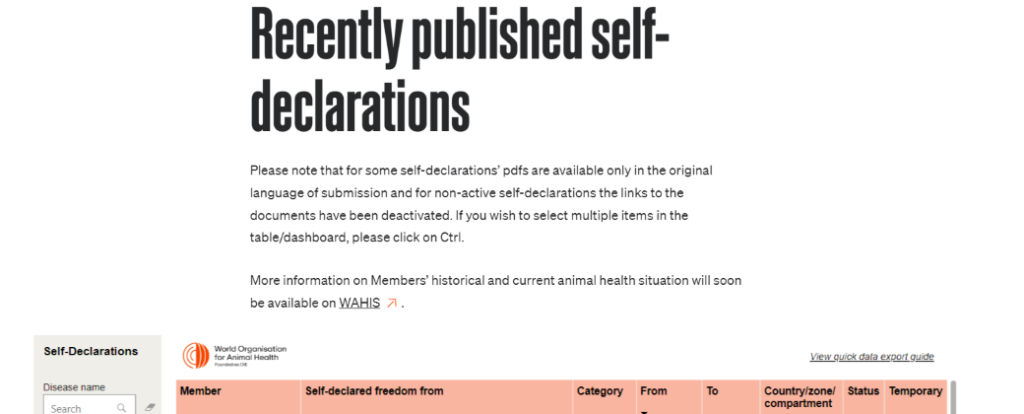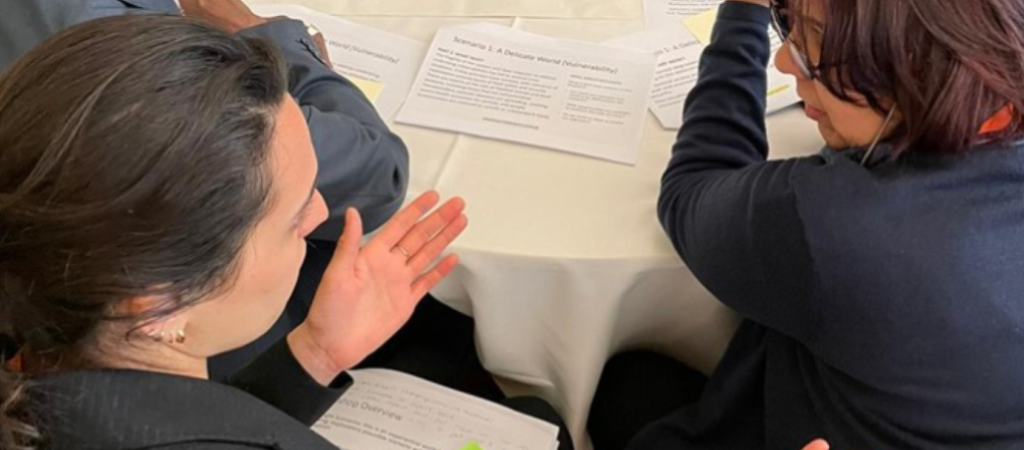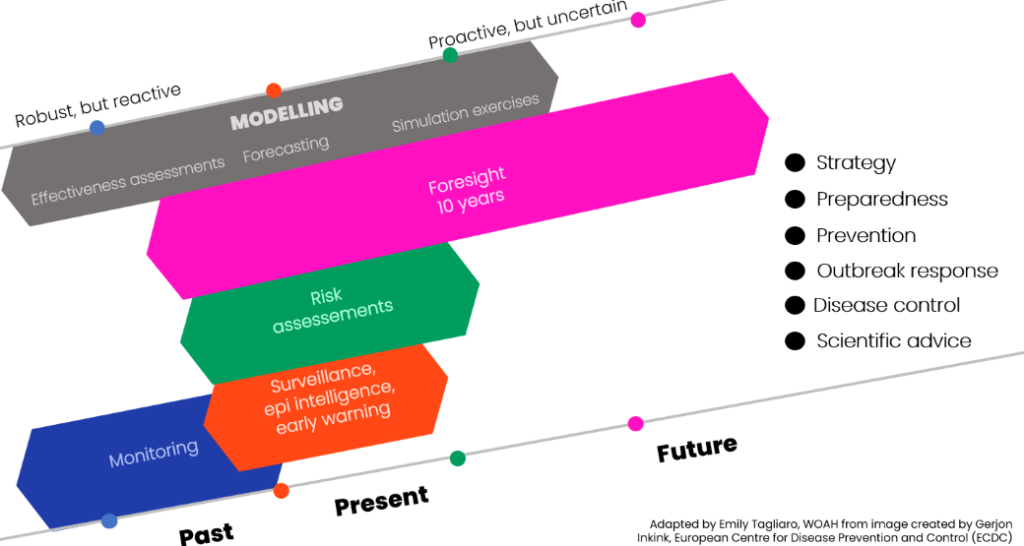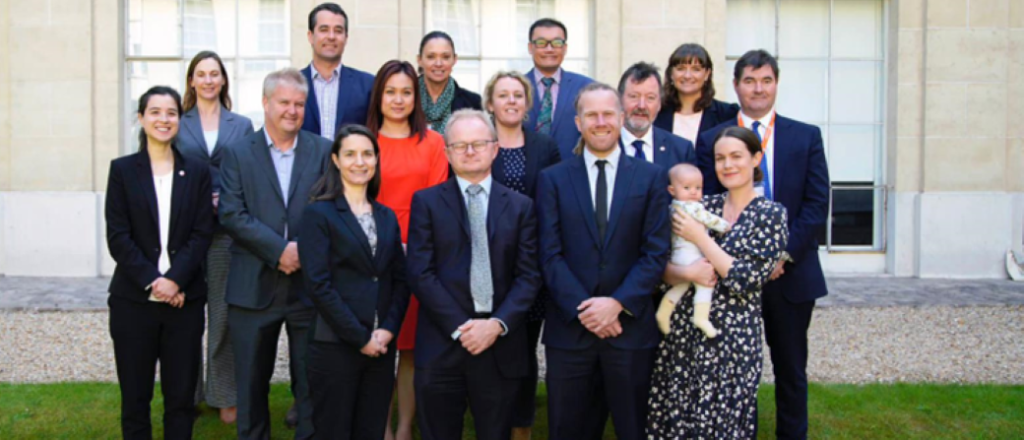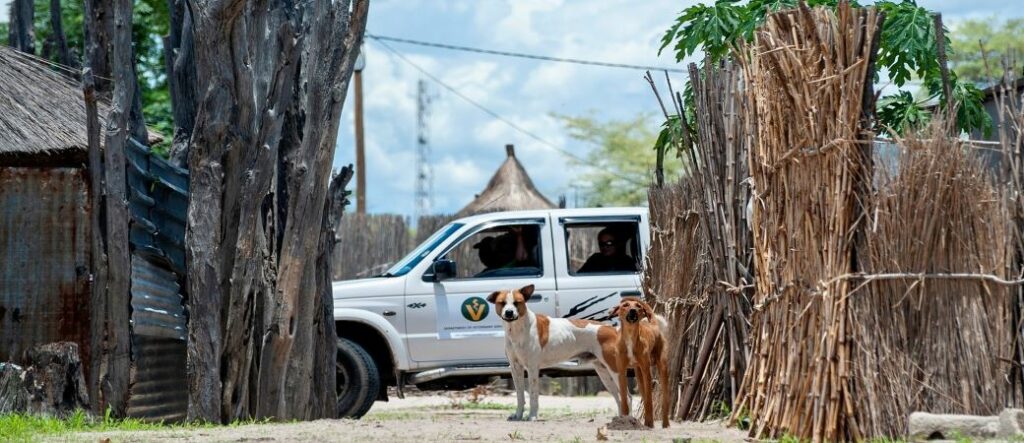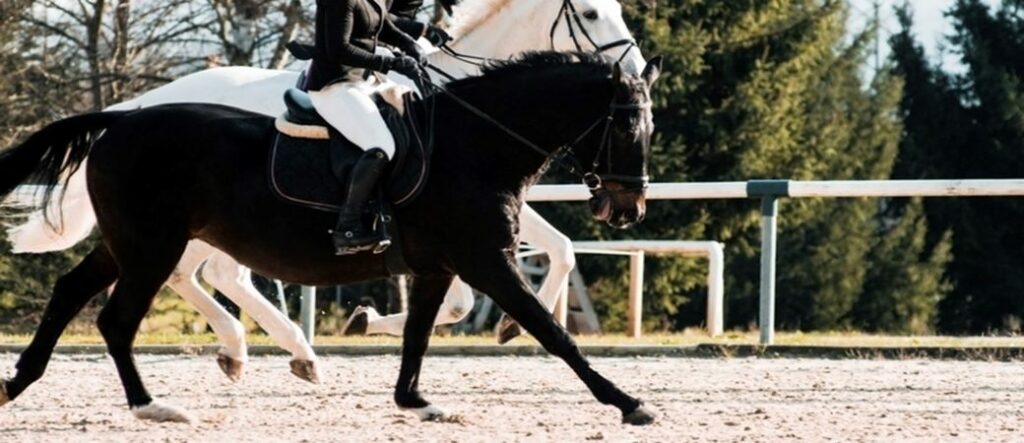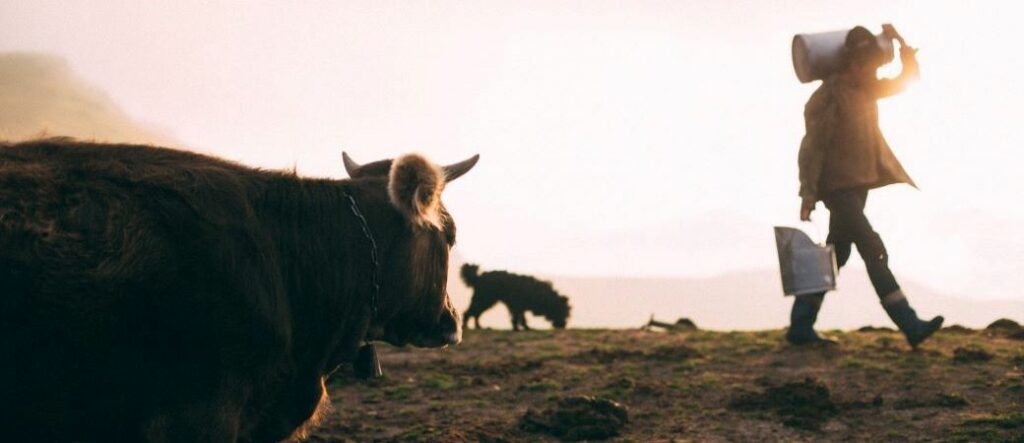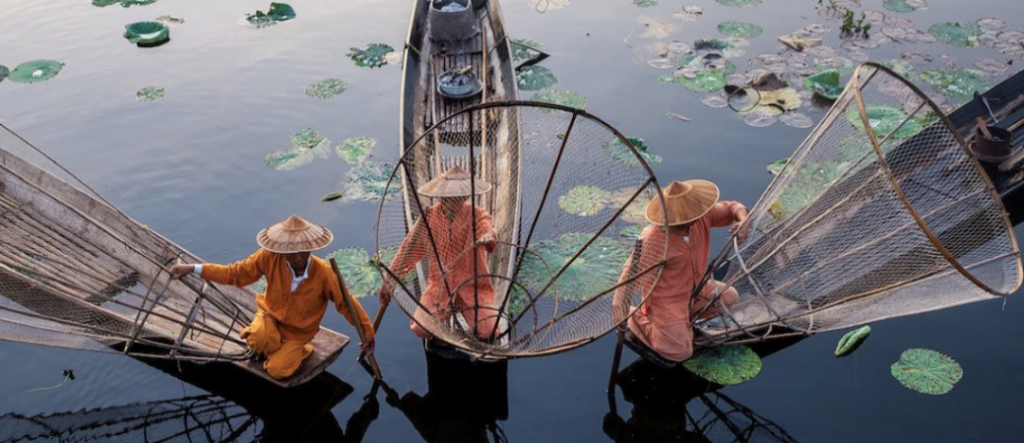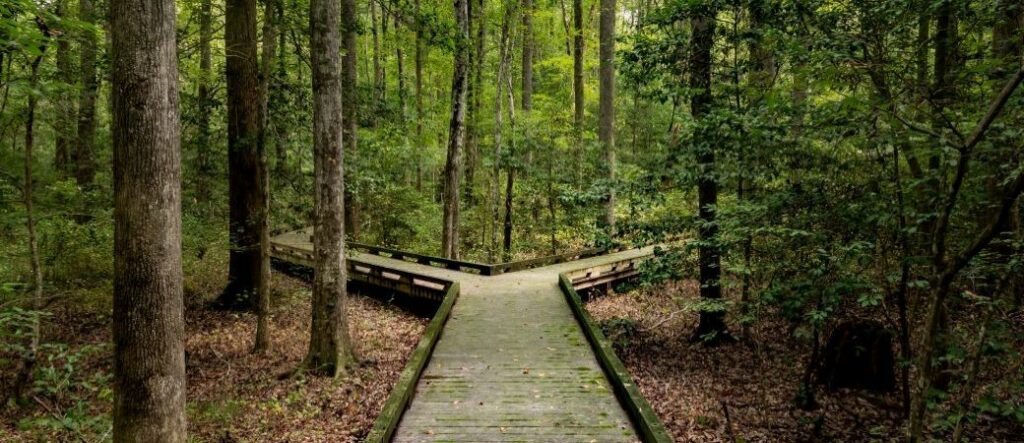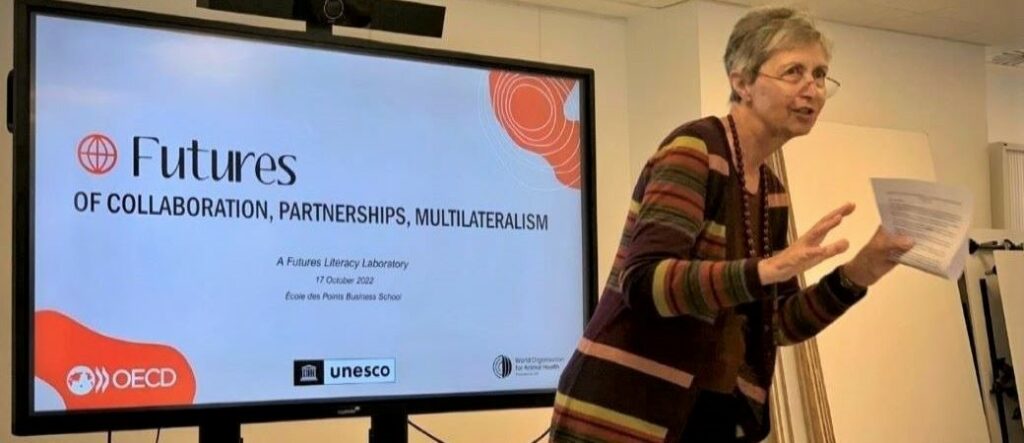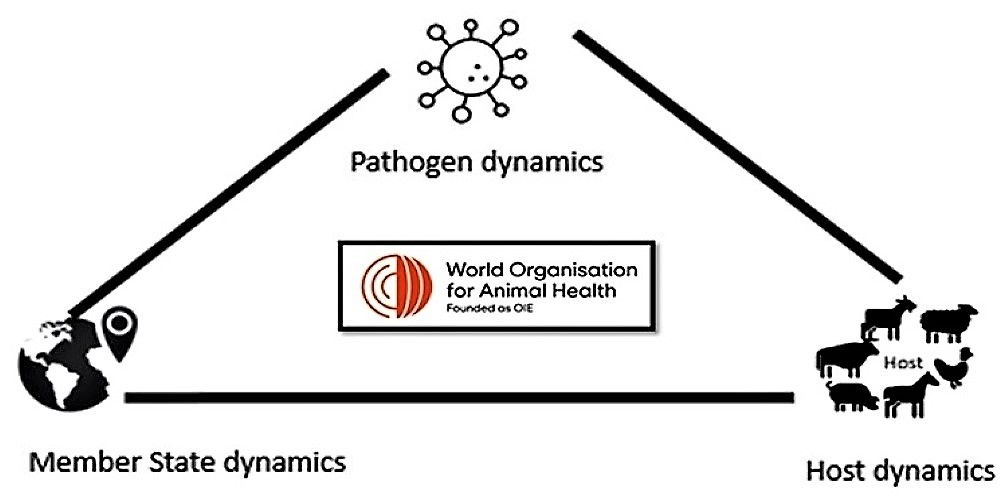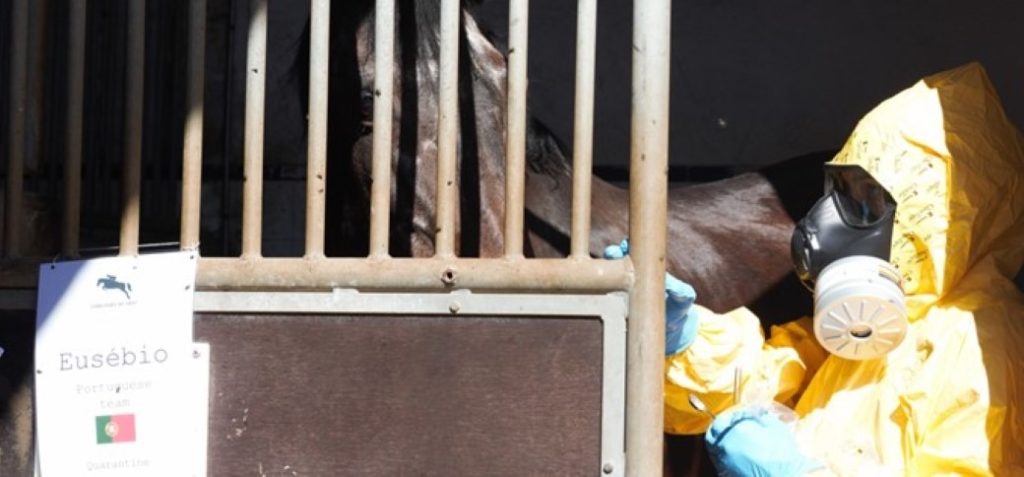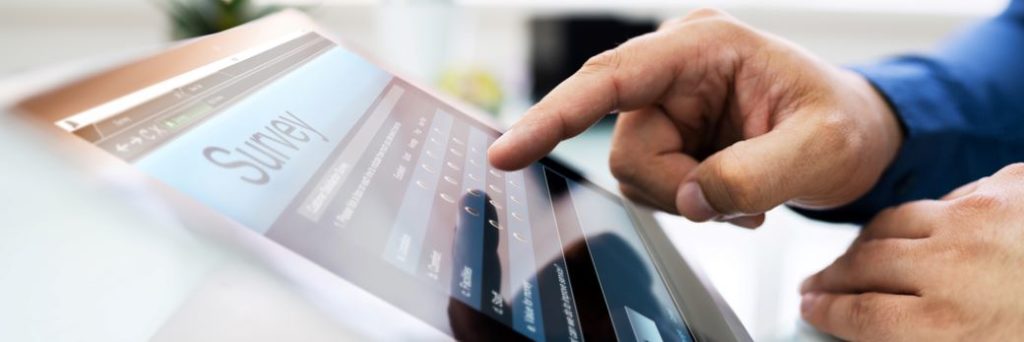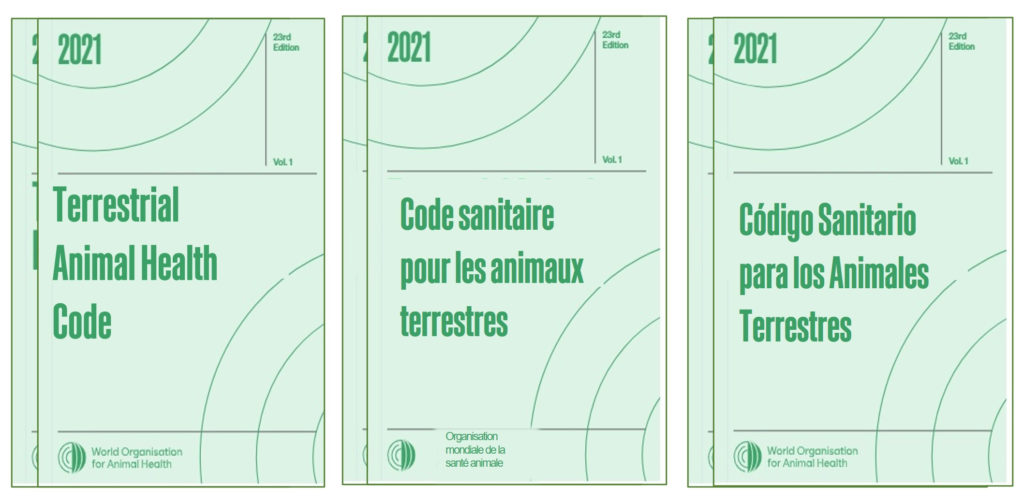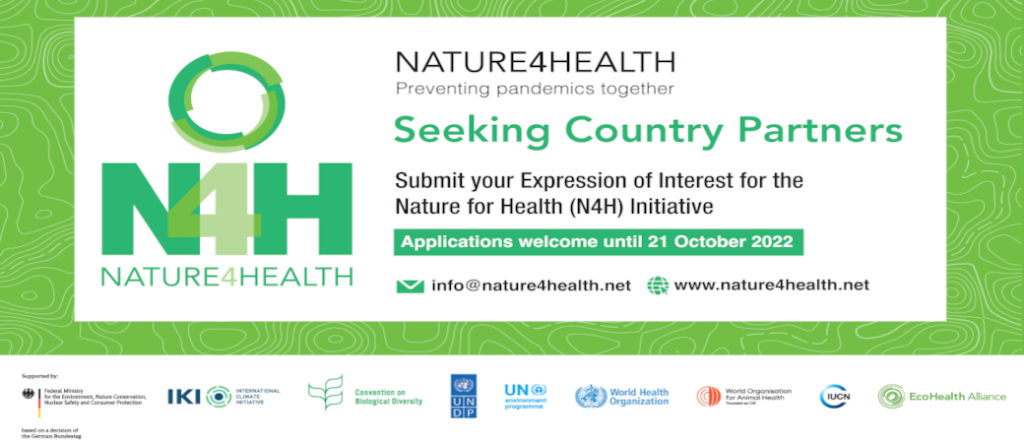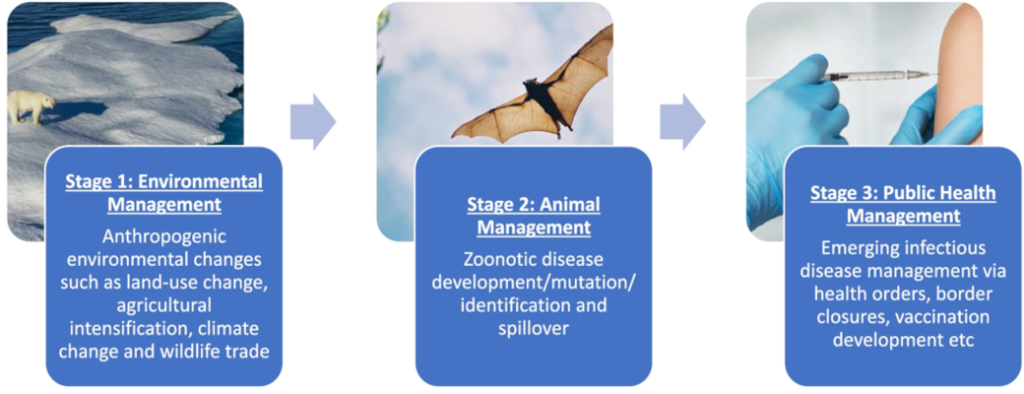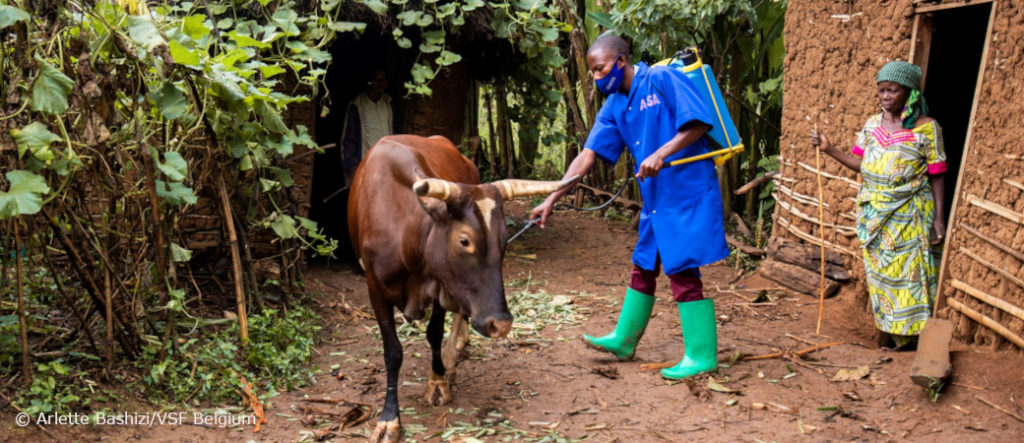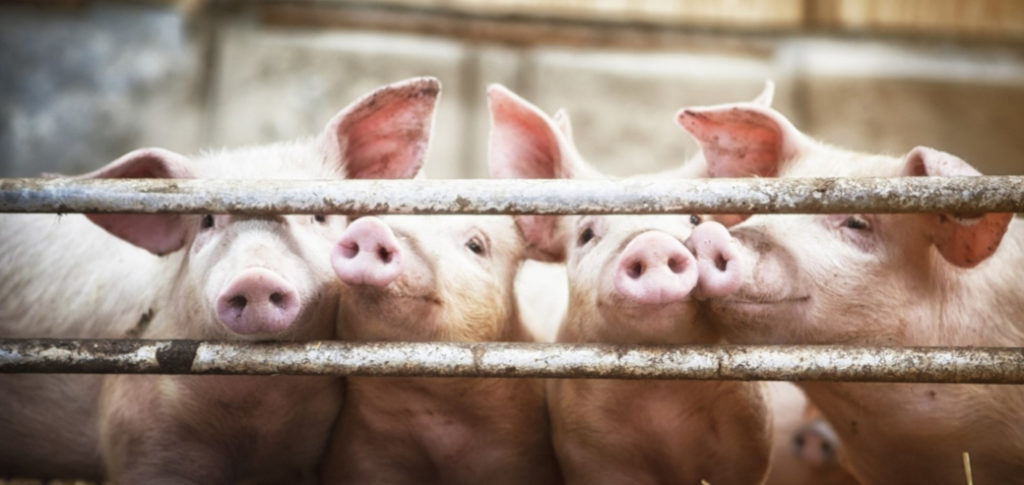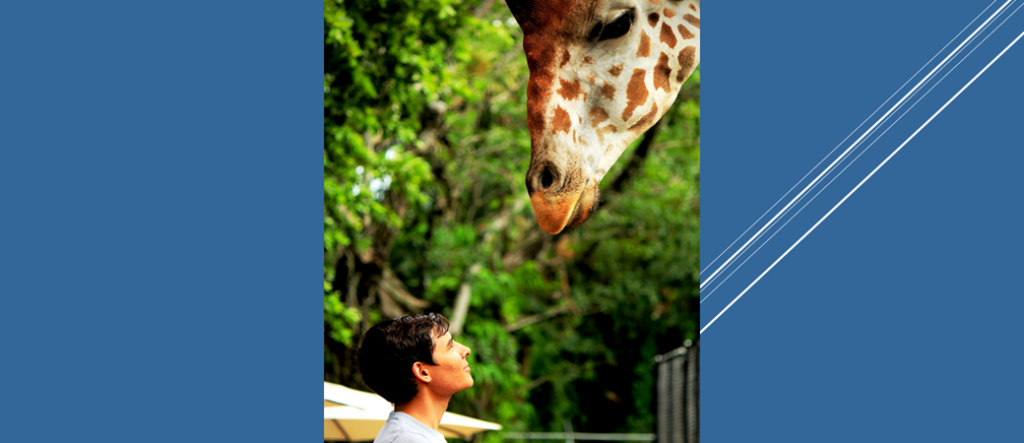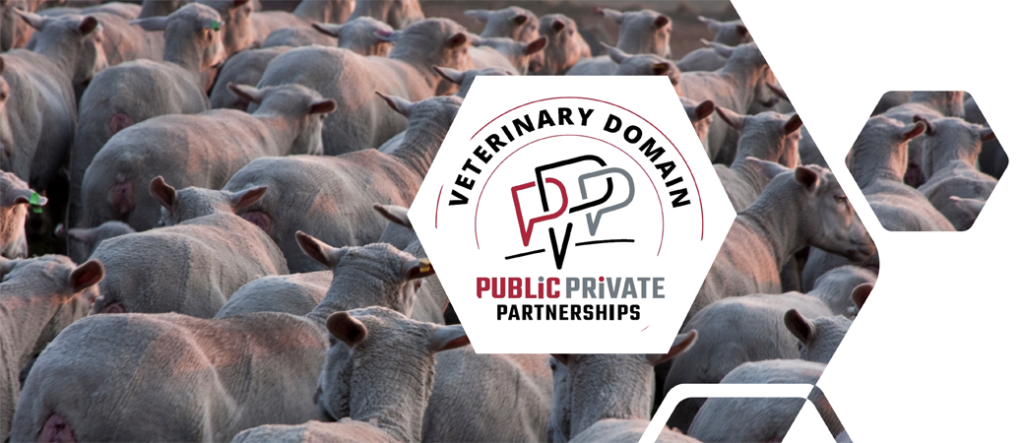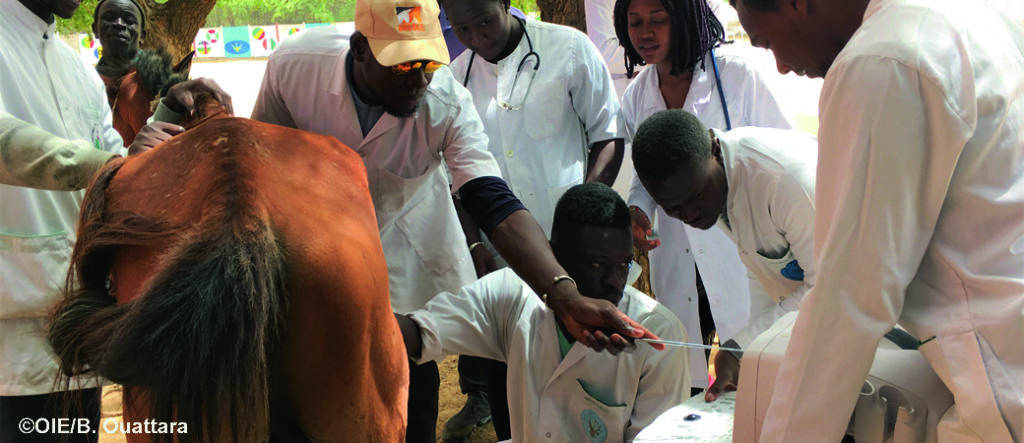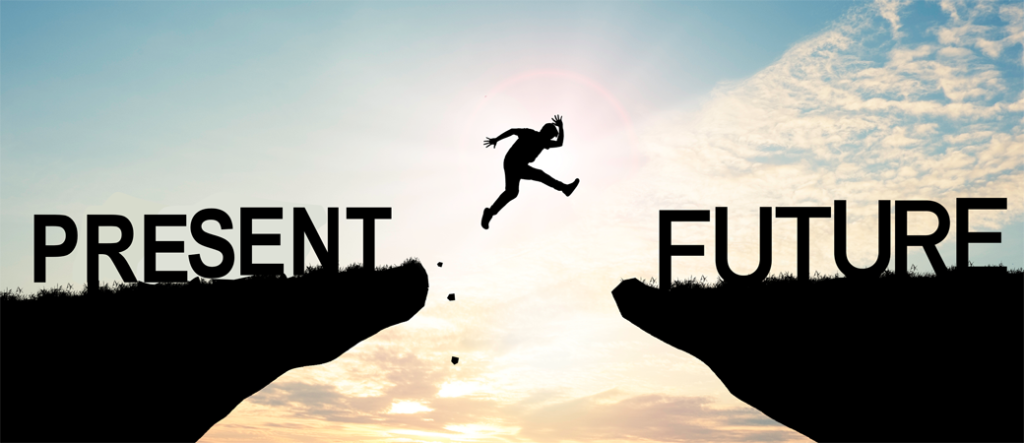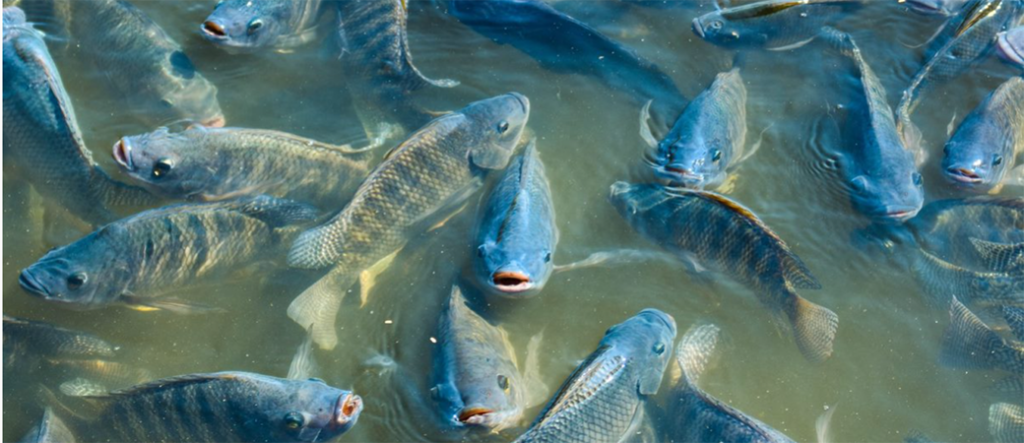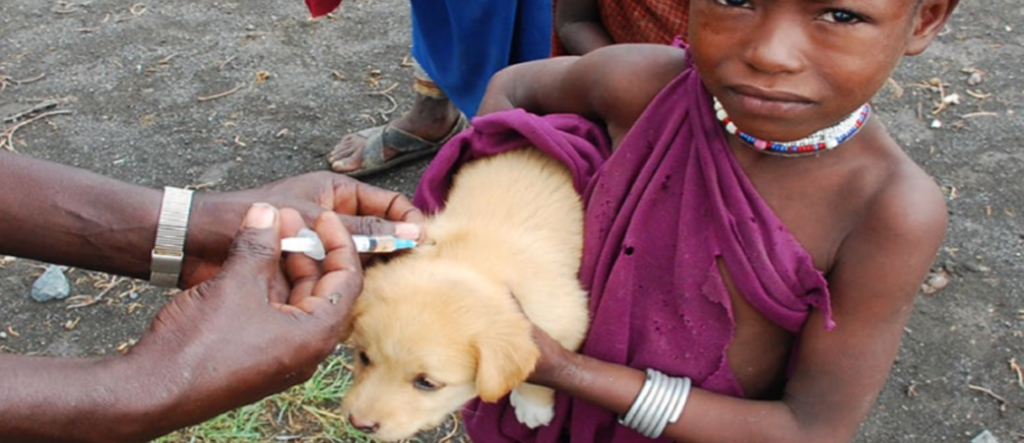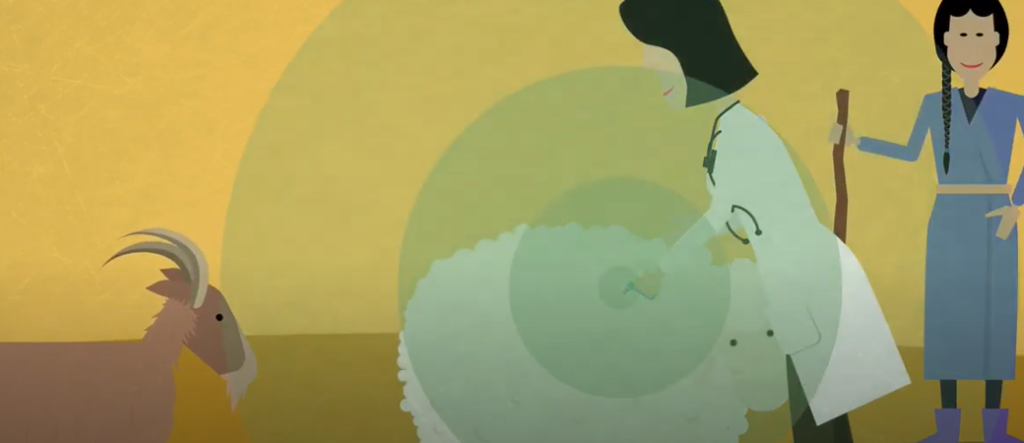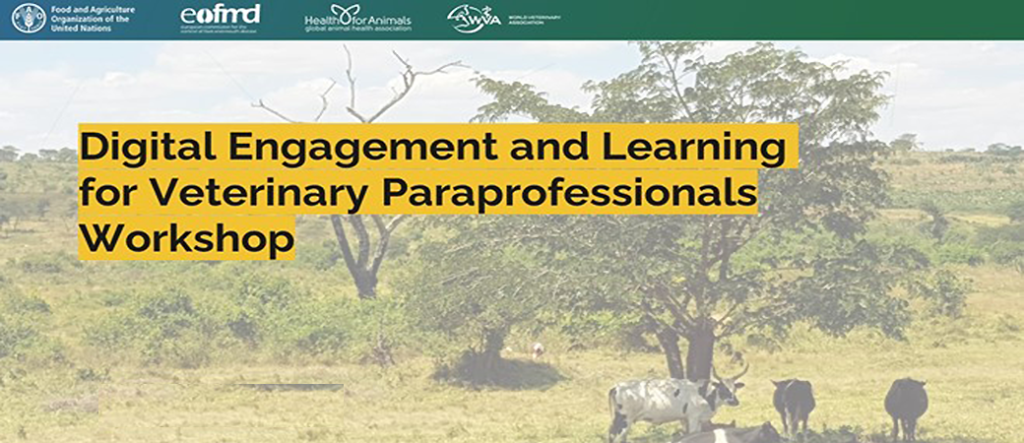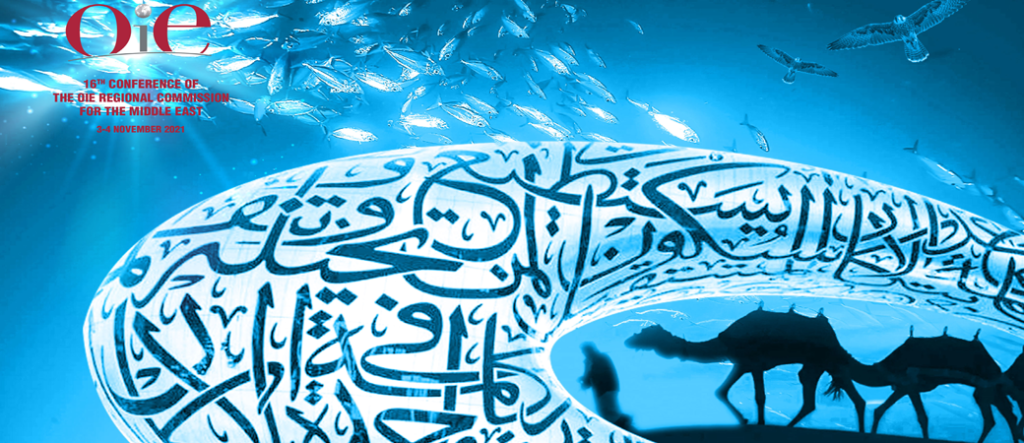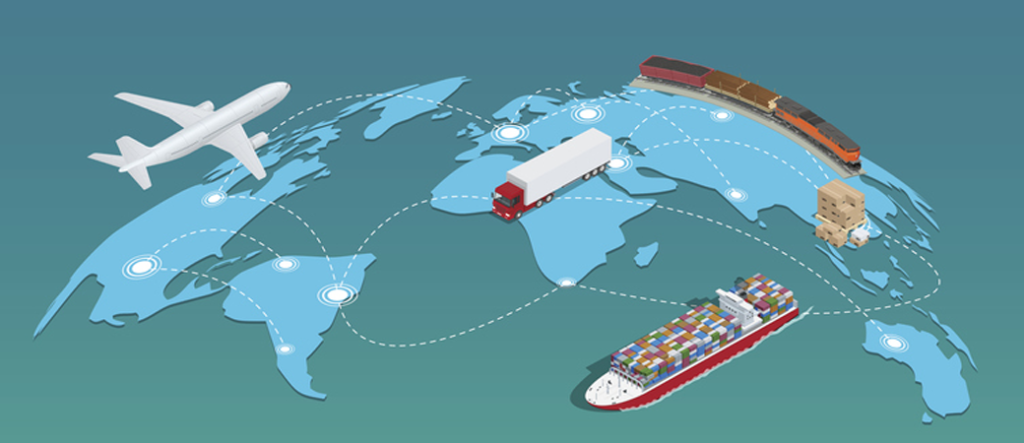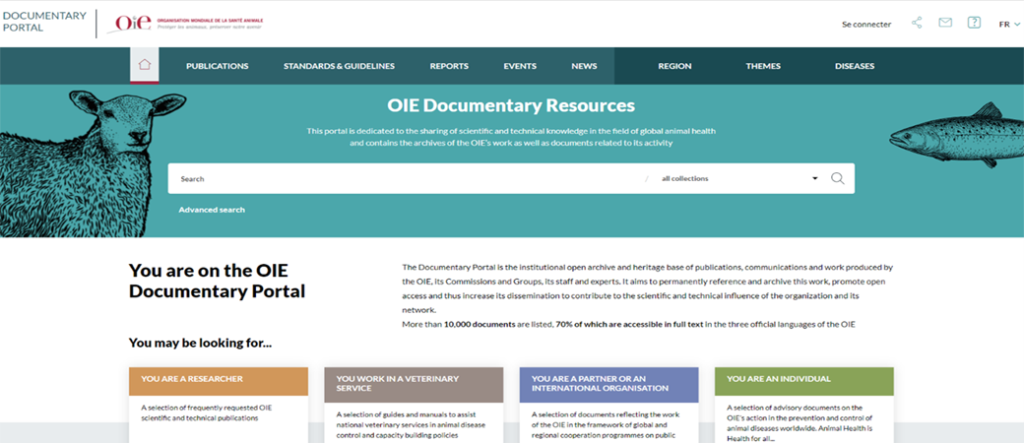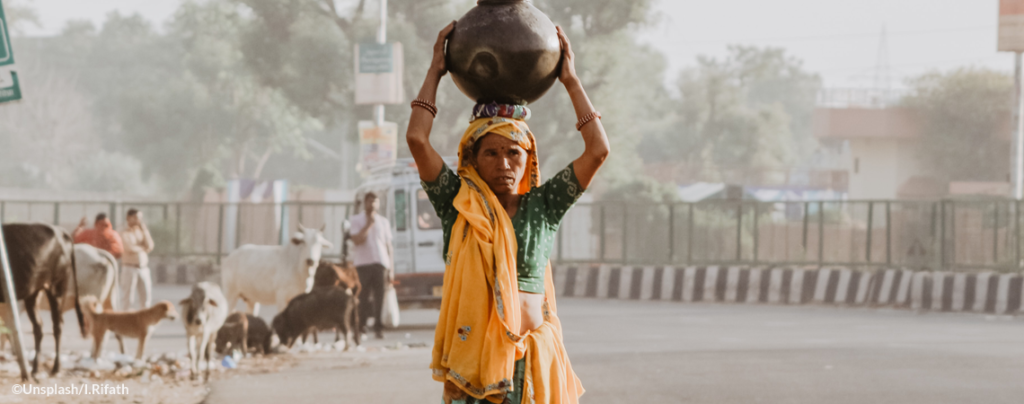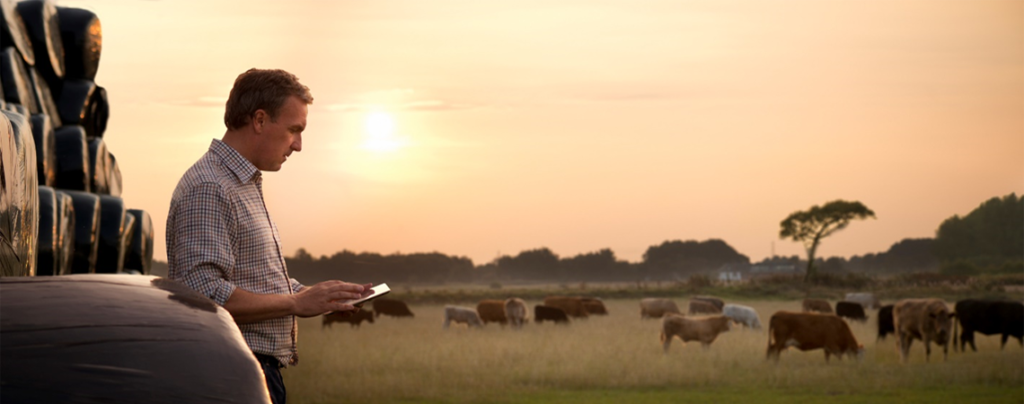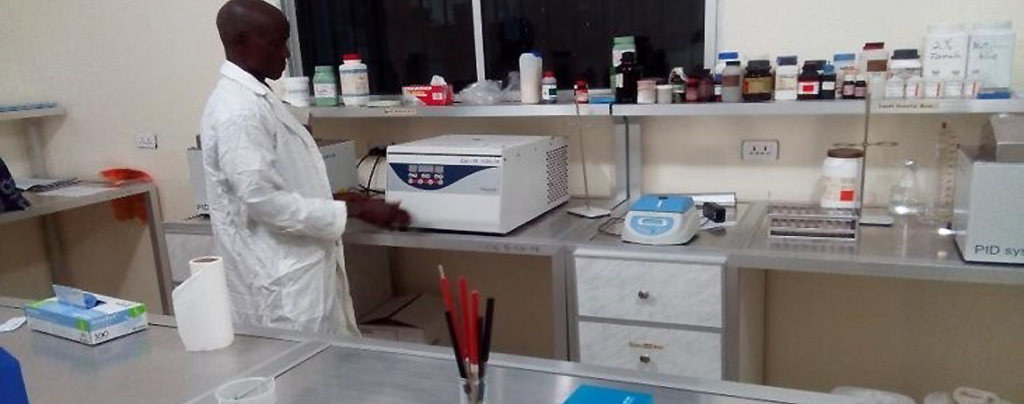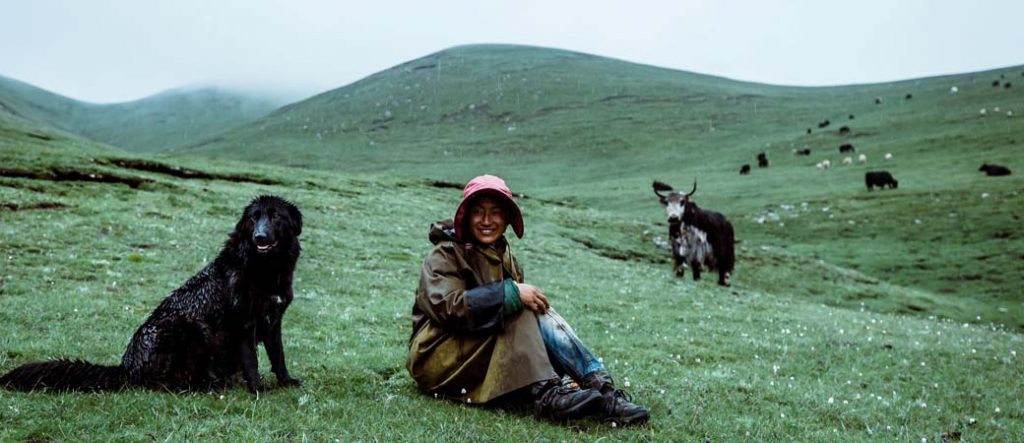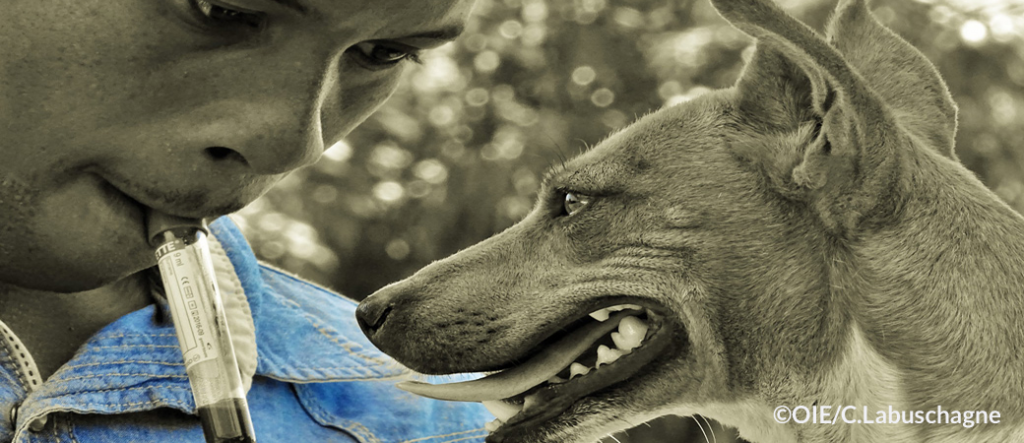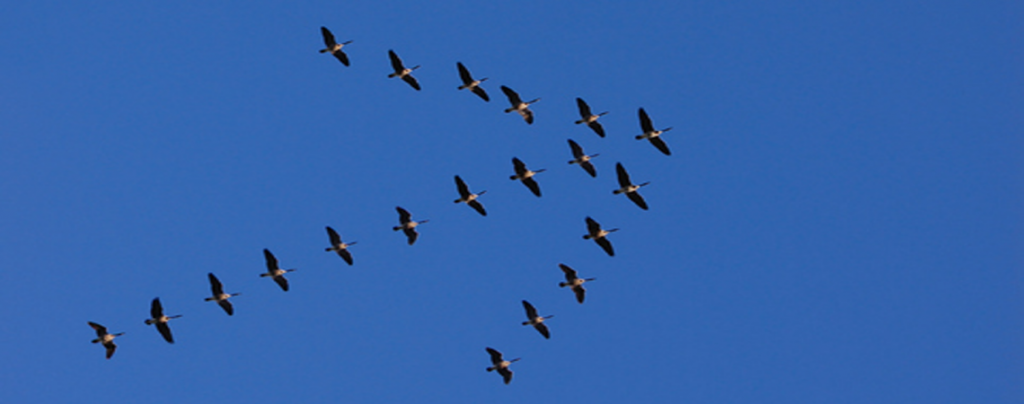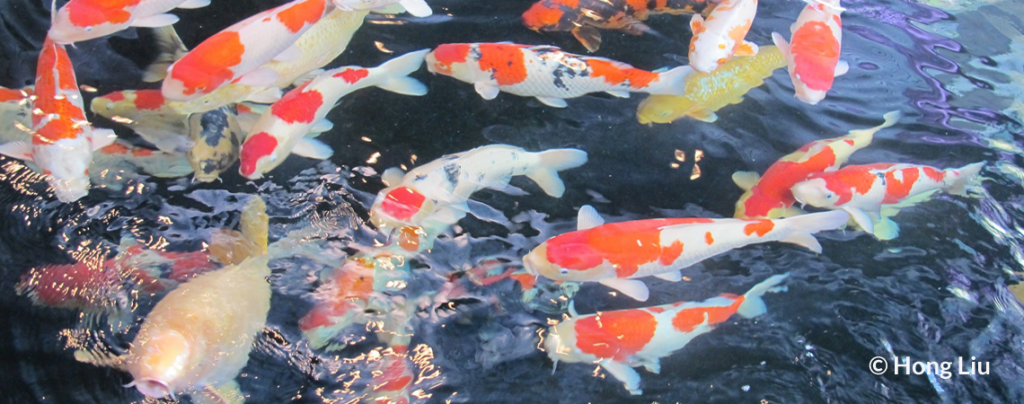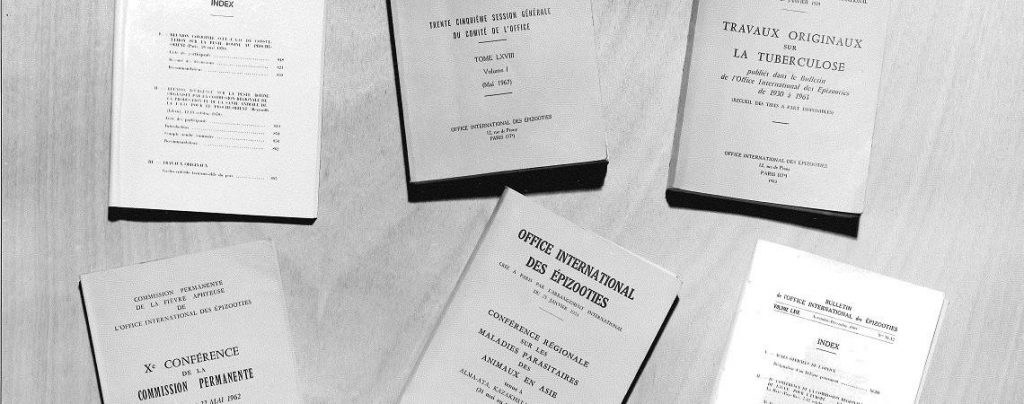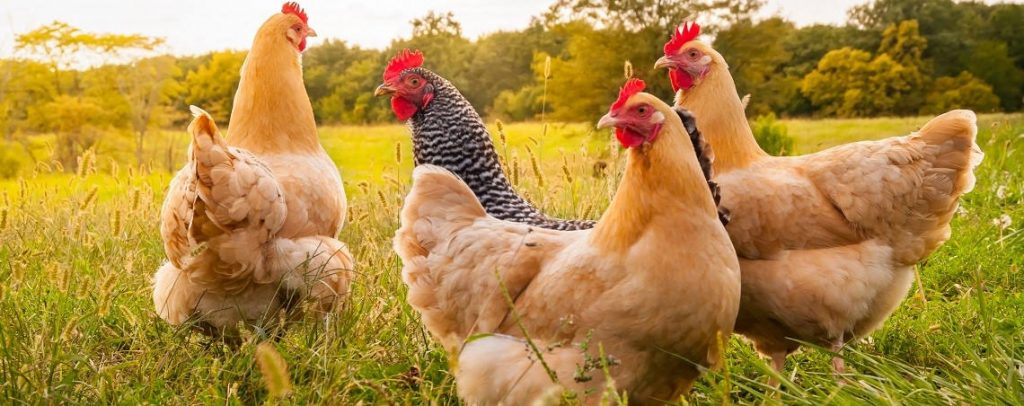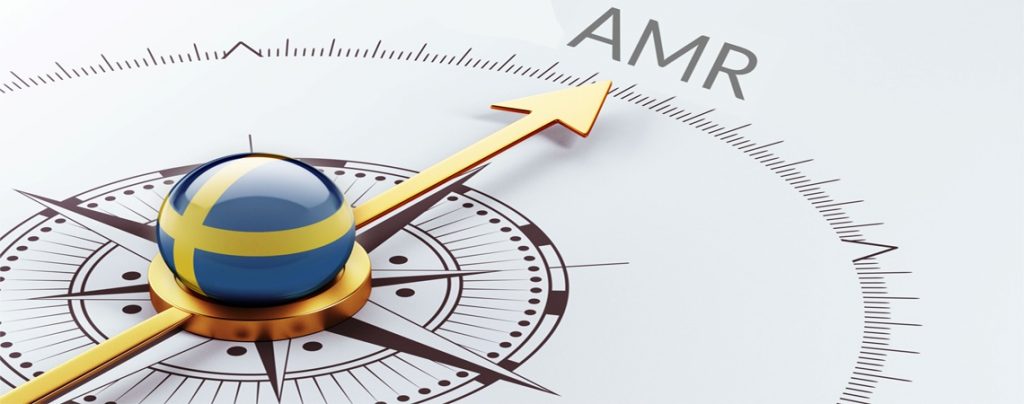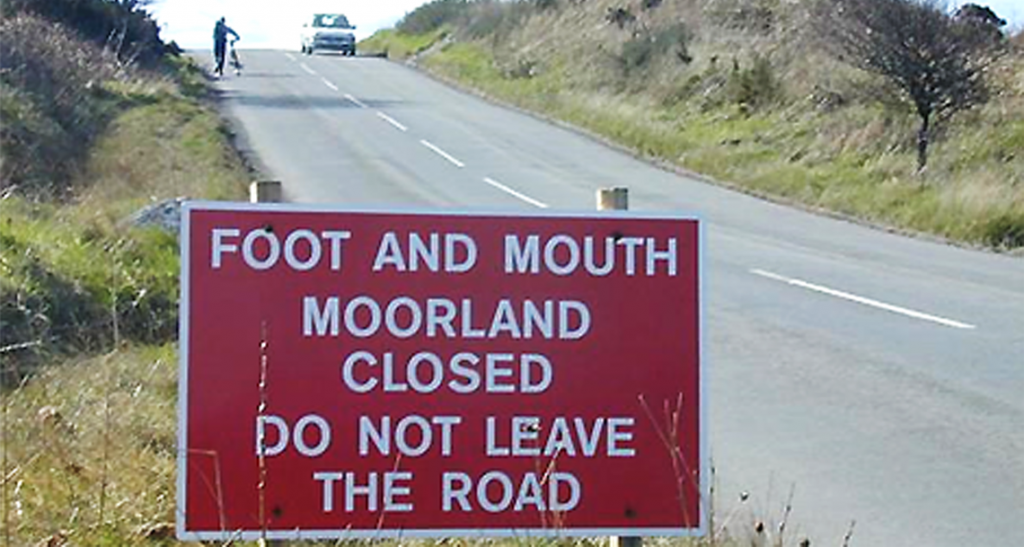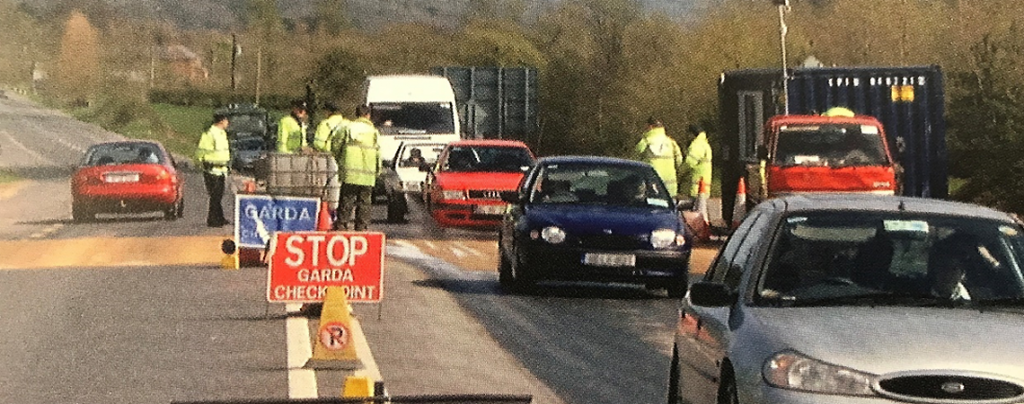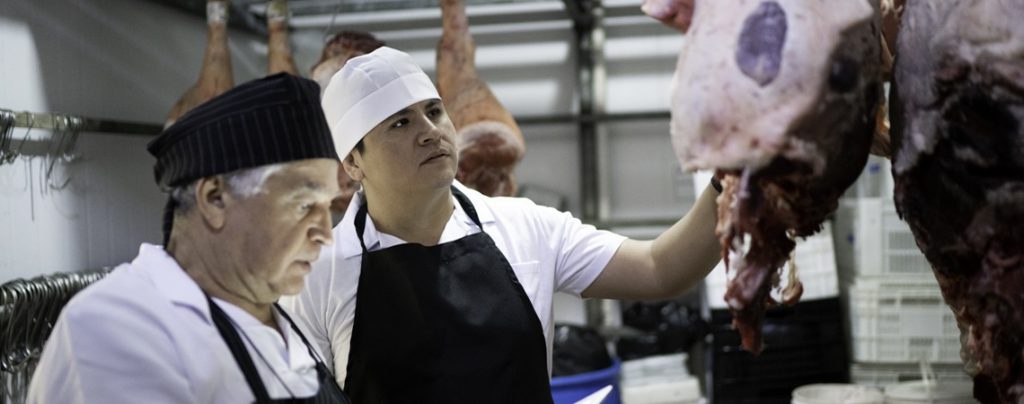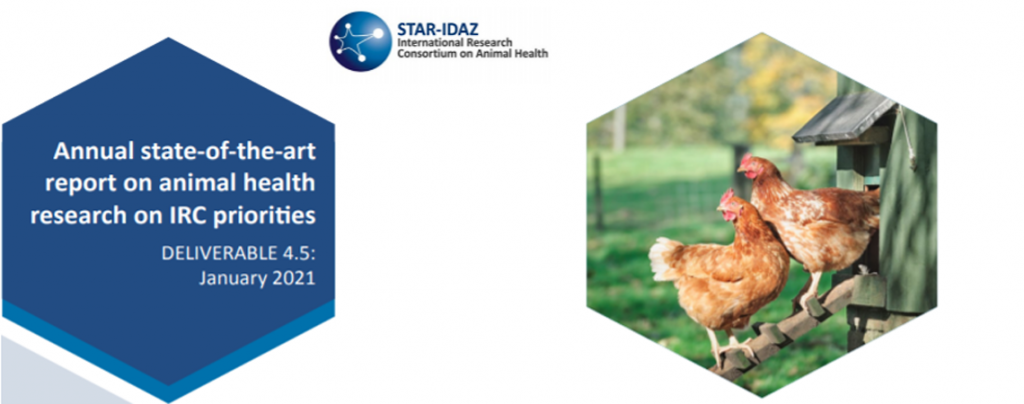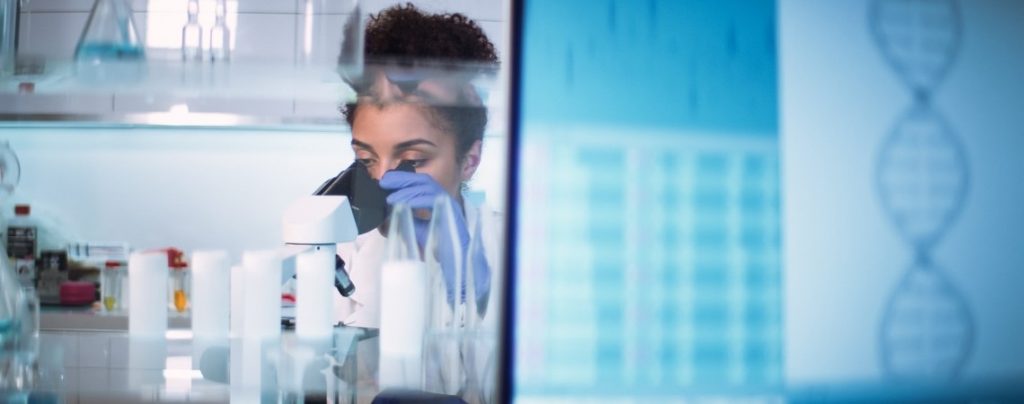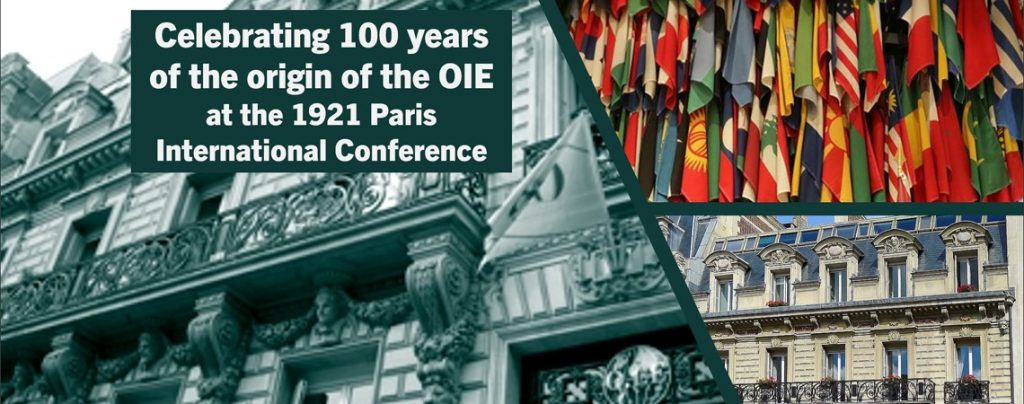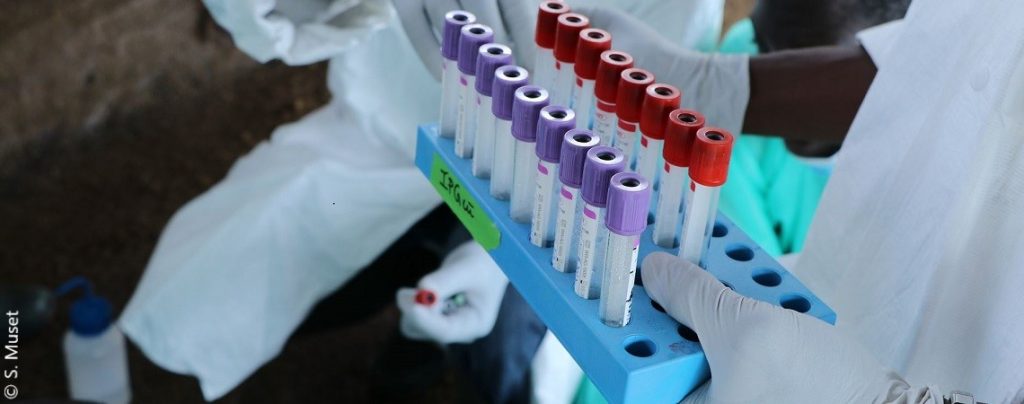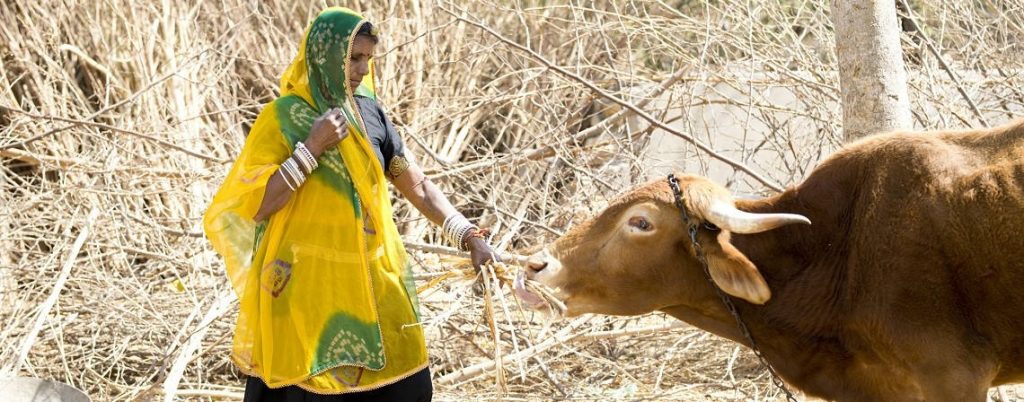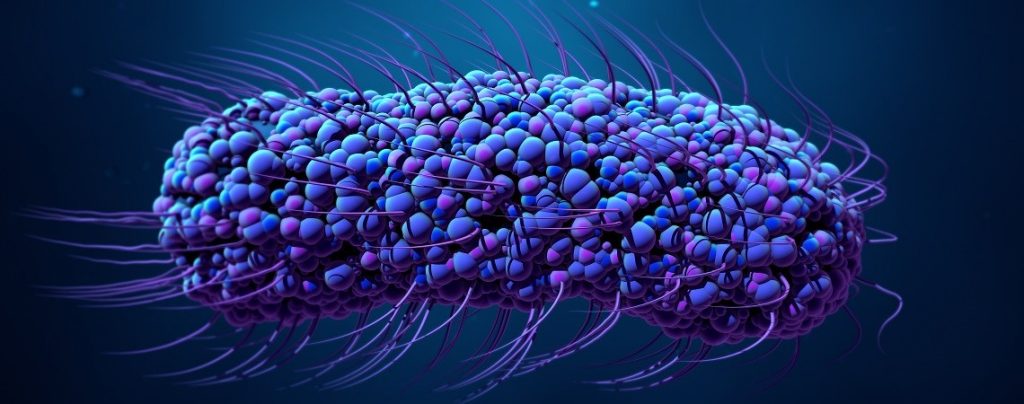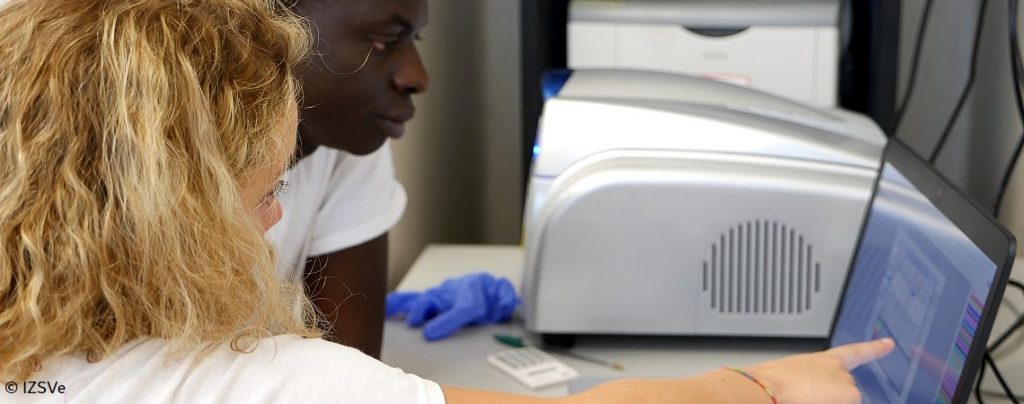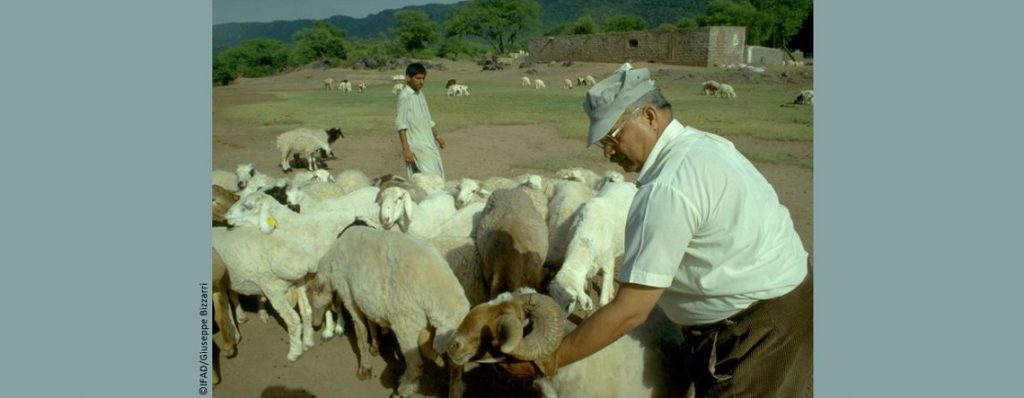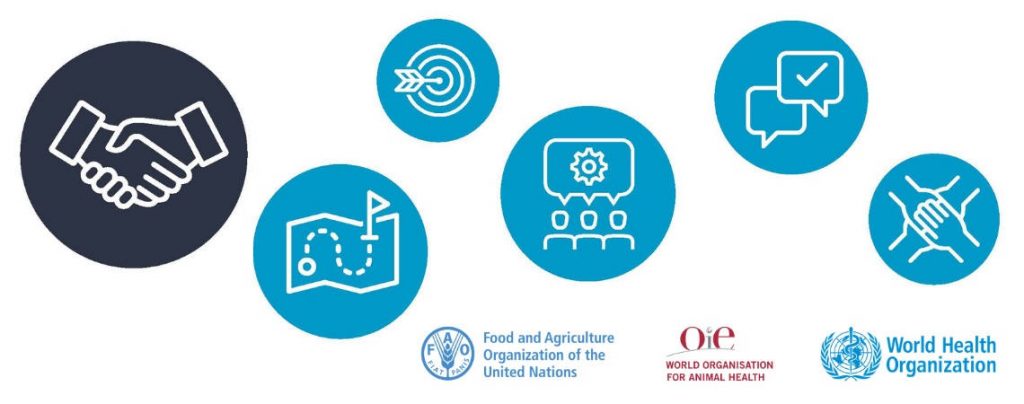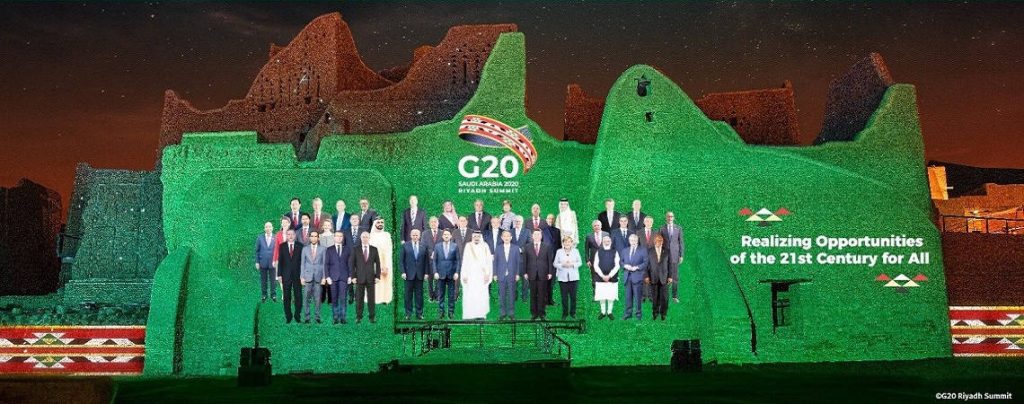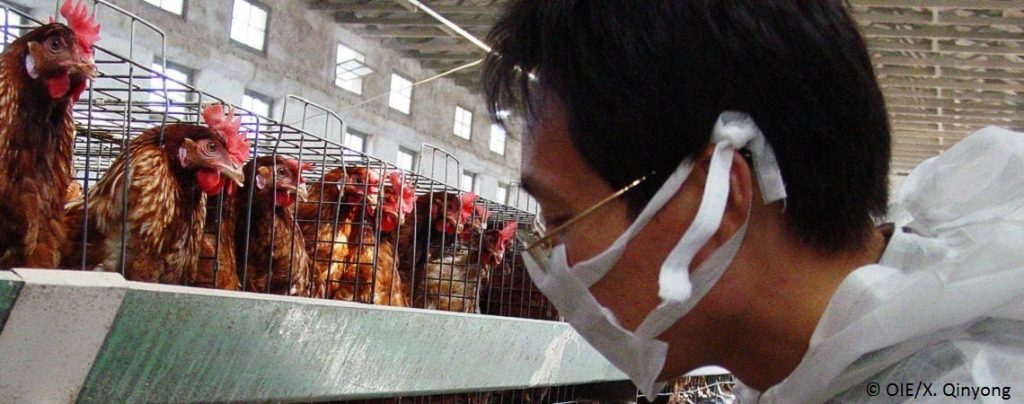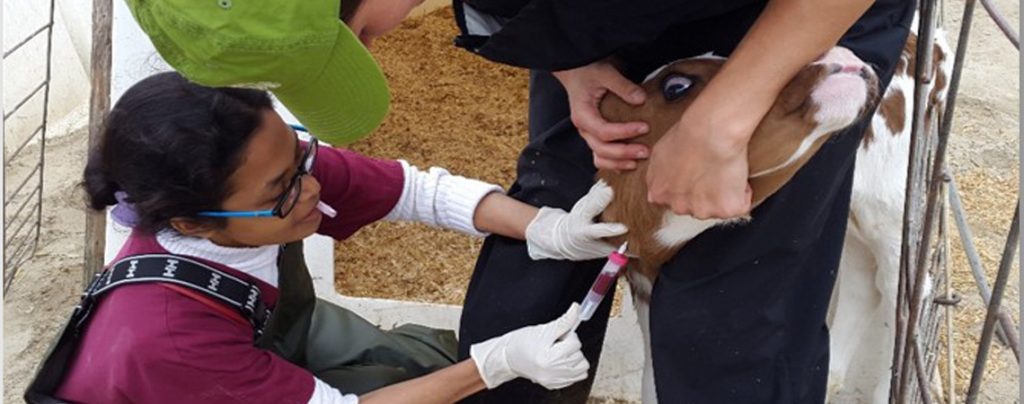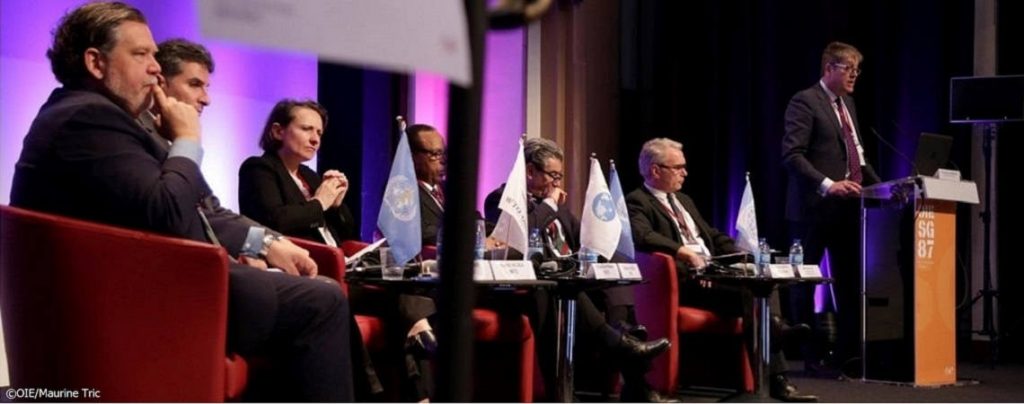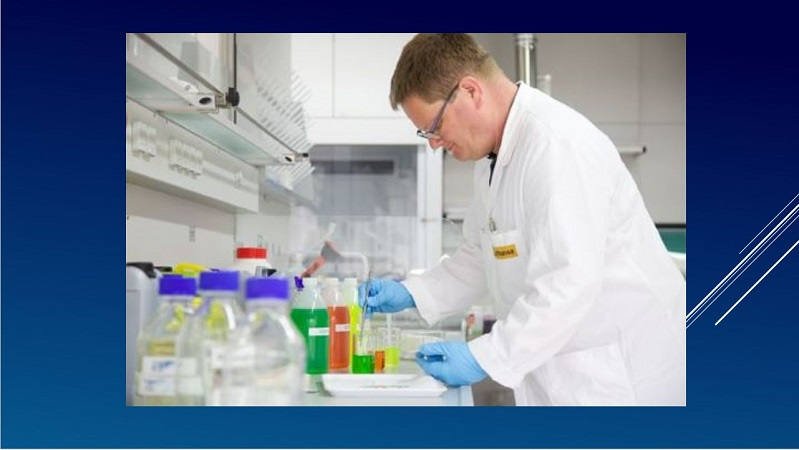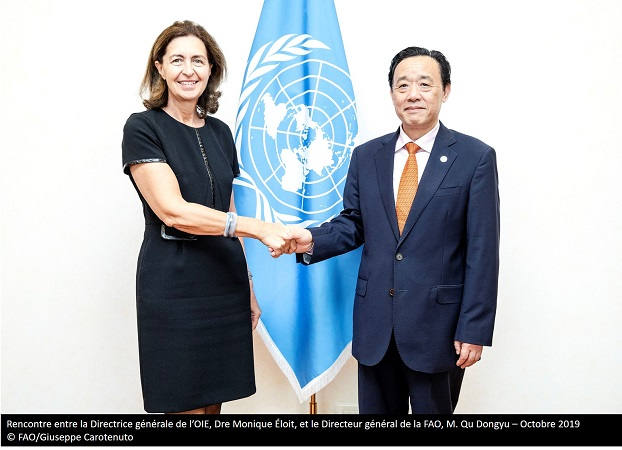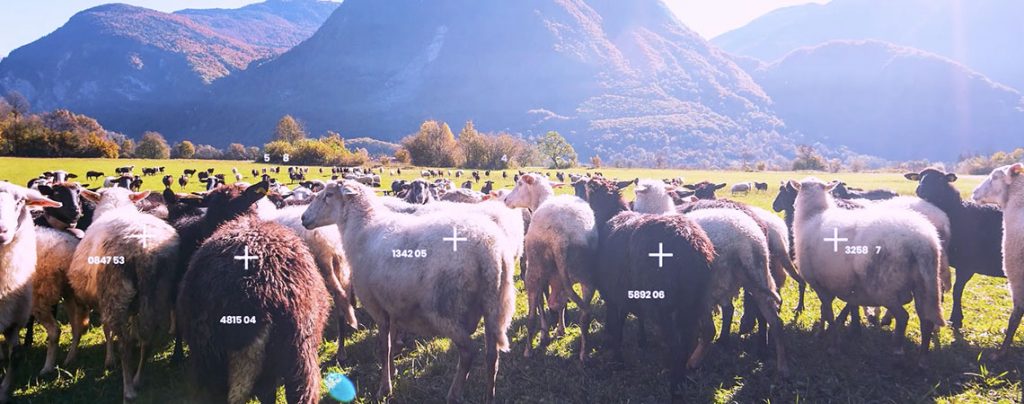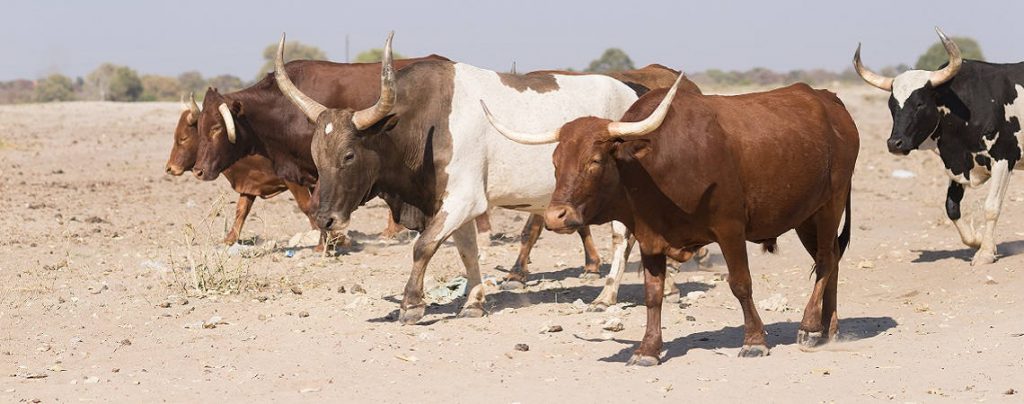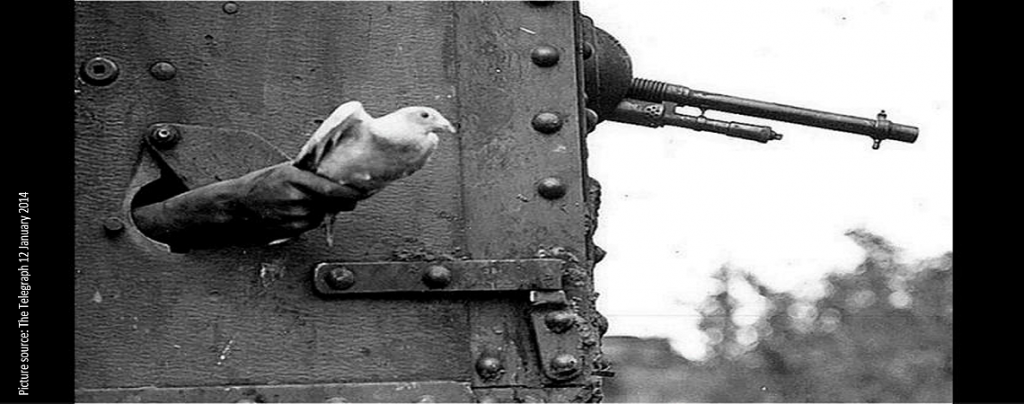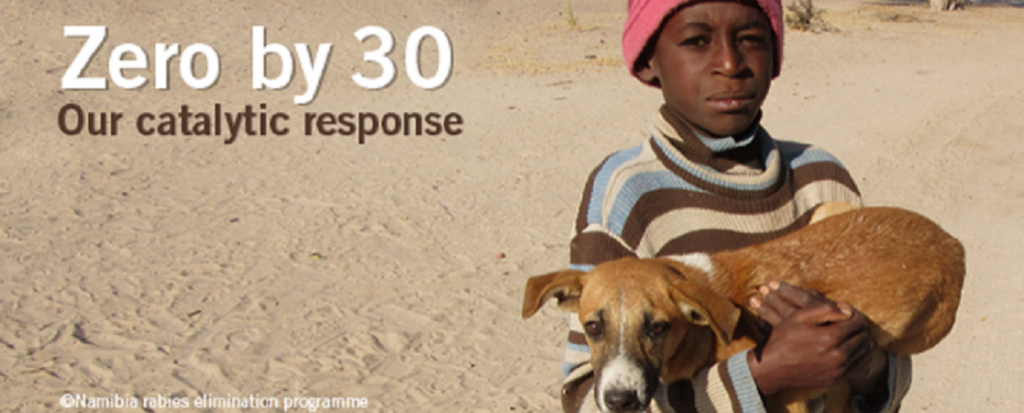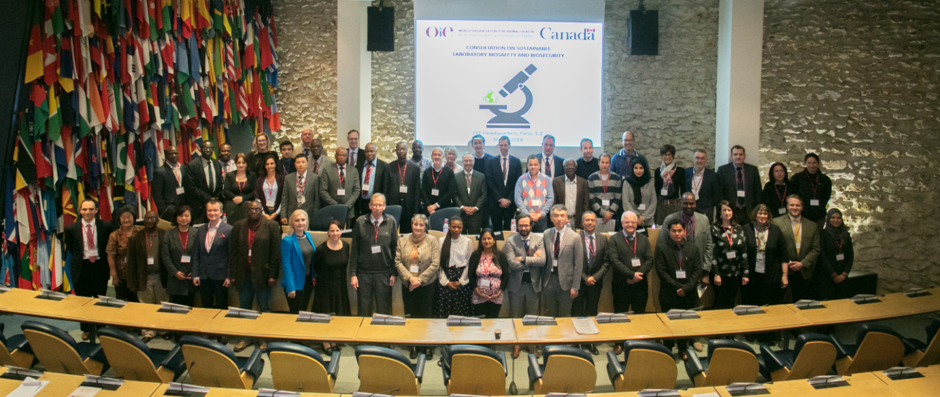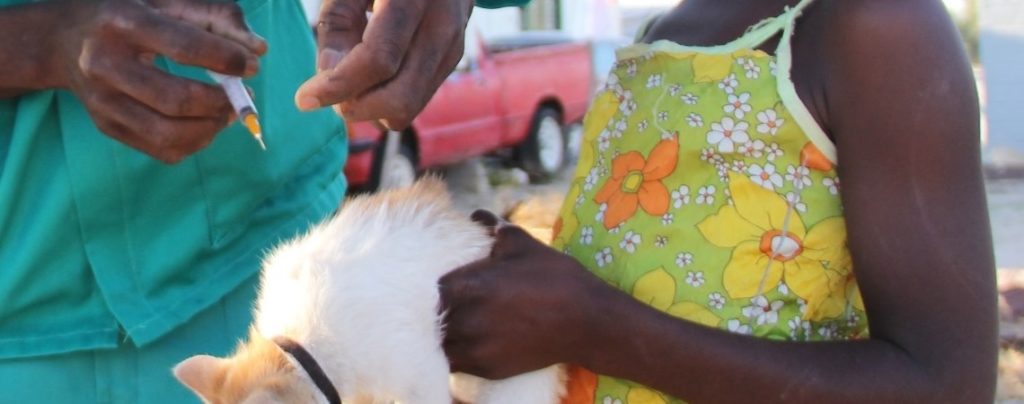INFORMATION EN CONTINU Posté sur 2023-08-18 08:45:46
How is the Future Going? Monitoring Future Scenarios in Animal Health
Mots-clés
In foresight processes, planning scenarios is an integral part of considering how current and emerging changes may unfold. Through the process of planning scenarios, we use information – trends, issues, events, data – we notice as well as our imagination to describe alternative futures. Once the scenarios are in hand, the question we may ask is, ‘Now what do we do with these alternative futures?’
Too often scenarios sit in the cloud adding to CO2 emissions or if printed, on a shelf collecting dust. As Thomas J. Chermack, Director of the Scenario Planning Institute and Professor of Organisational Learning, Performance and Change at Colorado State University, noted in his practical book on using scenarios, ‘Scenario planners often say that one-third of the time should be spent creating scenarios and two-thirds of the time should be spent on using them.’[1] He also explains that while there is plenty of guidance on planning scenarios, ‘there is no practical guidance on what to do with scenarios once you have them.’
In the domain of strategic foresight, as scenarios are designed with uncertainty in mind, they can be used to create and stress-test strategic plans, as well as to test decisions and options. These two approaches to using scenarios are amongst the seven outlined in Chermack’s book:
-
- Connecting scenarios to a purpose
- Generating strategies
- Creating and stress-testing strategic plans with scenarios
- Testing decisions and options with scenarios
- Assessing the financial benefits of scenarios
- Modeling financials with scenarios
- Developing scenario signals and critical uncertainty dashboards
Developing scenario signals
While each of these approaches has different outcomes, our attention here turns to the last one –developing scenario signals – which is meant to attune people to changes across the categories of STEEP (socio-cultural, technological, environmental, economic and political).
Consider the scenario from WOAH’s first Futures Literacy Laboratory on ‘Climate Responses, 2040’ where humans are ‘tamed’ by animals who are both conscious of human impact on the environment and concerned about human survival. The general reaction to such a scenario is that it is too far-fetched to be true; however, scenarios are themselves signals of change. And they are not predictions; they do not need to be realistic as they are meant to disrupt linear, deterministic assumptions about the future.
From the above scenario we can create a scenario signal table. To do this, we collect ‘signals’ that represent the scenario from various sources, such as mainstream, alternative and social media articles, scientific journals, blogs, vlogs. By systematically scanning the external environment for changes that represent the scenario we can monitor and question how emerging change may affect the future. In other words, the scenario is being reverse engineered. Figure 1 below, is an example of signals of change in human and animal relations in social and technological categories representing the scenario.
| Type of Change | Signal | Why is this interesting for WOAH? |
| Societal | ‘The UN declared a universal human right to a healthy, sustainable environment – here’s where resolutions like this can lead’ | The Conversation | A declaration on animal rights exists. WOAH’s work on animal welfare is guided by the Five Freedoms for terrestrial animals and has international standards for the welfare of farmed fish. Will something like the latest UN declaration on the right to a healthy, sustainable environment as a right impact WOAH’s welfare standards and/or inspire another declaration on animal rights? |
| Societal | ‘As Food Animals Became “Things,” Their Feelings Were Ignored’ | Psychology Today | Is concern for animals’ perspective on the rise? This article looks at a book which explores the history of how humans have commodified animals and categorised animals as things, essentially negating that they are sentient beings. With veganism, animal rights groups and interests in animal welfare and well-being, an effort could be made to understand the animals’ point of view and recognise that their lives and well-being are as important as our own. |
| Technological | ‘How Scientists Are Using AI to Talk to Animals’| Scientific American | What could rethinking our relationship with other species do for how animals are farmed, raised and used?
How might this inform WOAH standards on animal health and welfare? What if this type of inter-species communication could change how we approach surveillance of animal disease and monitoring welfare conditions? Is it possible to pick up early signs based on communication and intervene faster before clinical signs emerge, or mortality sets in? What might we learn from ill animals about the pathogens and diseases themselves? |
| Technological | ‘Microphones could help track disease risk in the wild’| University of Glasgow – University news | Using this tool along with traditional methods for disease surveillance could lead to further support to national Veterinary Services and conservation efforts to manage disease, animal and public health, conservation of biodiversity, etc. |
Figure 1: Scenario signal table
A scenario where animals ‘are in charge’ may not inspire a process for strategy development. However, scenario signal tables do allow for a more accessible way of understanding change – no matter how far-fetched the scenario seems today. Specifically, this Futures Literacy scenario challenged our assumptions on how we relate to animals, and how we can view WOAH’s work in animal health and welfare from animals’ perspectives. Moreover, technology may also help us understand the perspectives of animals on climate change, as it enables us to communicate with them more easily. As societal values shift, and we care more about the environment, this Futures scenario might not be so unbelievable after all. The signals above clearly show how our relationships with animals are evolving and provide food for thought to WOAH and its Members.
Photo: Lila and Balthazar ©WOAH/T. Brand
[1] Chermack, Thomas J ’Using Scenarios, Scenario Planning Improving Organisations’, First Edition. ISBN 9781523092888 (paperback). Chapter 1. What do you do with scenarios? Page 4, Part 1 Exploring the use of Scenarios.




